There are two questions inside of this question I’d address first.
- What distance are you racing
- Do you even need Carbon Racing shoes
For the point of this article, I will make some general assumptions.
Your main goal is to run a Half Marathon or Marathon PR (personal record) on the road
You want a pair of Carbon Racing Shoes.
Remember this – The fastest shoe is not always the shoe that gets you to the finish line the fastest.
So let’s dive into this.
What is a Carbon Racing Shoe?
Gone are the days where the race (pun intended) to have the lightest shoe to compete was the goal. Although still important, (and we know that weight has a lot to do with performance) weight alone is no longer that primary conversation in “Racing Shoes”.
I would have loved to be in the room when the Nike lightbulb went off and they successfully pulled off their first attempt at what we now know as Zoom X. To be fair if we go one step back I feel like Hoka made the overstacked/maximal shoes acceptable. But at that time it was just (and I say just like it’s a bad thing, it’s not) super expanded EVA.
So between Hoka driving the question of – can we put more between the foot and the ground successfully? And Nike working with Nasa to begin the creation of “Super Foams” into footwear. Along with technology in terms of production starting to catch up we had the perfect storm which led to where we are now. Remembering too that research and testing takes multiple years and often brands are working 3 to 4 years ahead.
What we know now is racing shoes work to maximize human efficiency and economy. Those two words are important because they are very individual. When we think about running as fast as we can over a MARATHON. We think of things like Ground Contact Time, Force, Velocity, Stride Length, Cadence, Vertical Oscillation – oh, and “Not falling apart” or really “falling apart as late as possible”.
Now I will say this – shoes will not run the race for you. Period, end of discussion.
The Racing shoes we have now (if the person can positively adapt to the biomechanical demands and use them frequently in race simulation distances) will help you train more and be less beat up. However, research shows the rate of injury is all but the same when you compare old school with new school. The site of the “injury” has changed when you compare the two.
Anyway – A Carbon Racing Shoe is an over-stacked supercritical foam-based midsole, with a carbon-fiber stiffening agent to maximize the potential spring and leavers of the human body, geometrically designed to take elements of impact away during running in the hope it makes the end user more efficient and economical on event day.
Fit & Feel – Honestly this is still the most important thing. We can talk as much science jargon as we like. If the shoes feel terrible you shouldn’t wear them. Particularly for a Marathon. Chances are you are out there for 3,4 or 5 hours. If it isn’t comfortable and doesn’t fit. The 2 or 3% potential performance benefit you MIGHT get out of it is negated.
At this stage, there are not any 2E Carbon Racing shoes available in NZ. But brands like Topo do have PEBA-based shoes like the Spector in a more natural foot-shaped toe box. However, I have found some shoes like the new New Balance SuperComp Elite v4 to be generous in their fit, along with the Adidas Adizero Pro 3 and the Puma Nitro Elite 2 both have decent volume in the upper.
Foam – Not all foams are created equal. This will feel different for everyone depending on the speed you run, how long your stride length is compared to cadence, and potentially your weight along with the race distance, the racing surface, and elevation gained/lost.
Some are super compliant and not very resilient (very soft) which to me feels like being in a sandbox and I get no direct feedback from it. I also find these tiring for my feet. They feel like they take energy away rather than give it back. (Nike Alphafly or New Balance SuperComp Elite v3)
Some are super resilient and don’t appear to squash (not a technical term) much but offer more bounce and can perhaps have a more aggressive rocker/toe spring/toe vamp (Saucony Endorphin Elite, Adidas Adios Pro 3) The other interesting this about these two is the carbon is split (rods in the Adidas and forked in the Saucony). Gives the end user a little more control (might not be the right word) of the lateral to medial movement. (Completely anecdotally)
Others sit in the middle – Hoka Rocket X2 being a good example. The lower stack height in this means the softer foam bottoms out in the forefoot better for me so it feels more like the later examples.
Stability – Is the shoe going to keep you upright for the duration of the event? I’m happy to go on the record here. If the shoes are creating unusual or abnormal gait patterns that cause you pain, discomfort, or injury then they are not for you. We want limited but necessary amounts of medial and lateral movement to absorb and reuse the forces of running, but we don’t want those to be exaggerated negatively. So again it’s about – can my body meet the biomechanical demands of my footwear choice.
Some of these options use side walls – midsole coming up over the outside of the upper (Rocket X2 from Hoka and New Balance Supercomp Elite v4) others use convex or bulbous-shaped midsoles and midfoot/forefoot flaring or a varus wedge (Saucony Endorphin Elite or the Adidas Adios Pro 3) to help you find stability. But bear in mind, that your body will start to fall apart in the later stages of the event, so we want to make sure that in motion you feel safe and stable.
So, should you buy and race in a Carbon Racing Shoe?
Sure, if it feels good, functions well, and increases your enjoyment on the event day.
Will it help you run faster? Maybe.
I’ll follow up with a – Should I or how much should I train in my racing shoes before race day another time.
As always these are just my thoughts, how I look at footwear, and the feedback I get from clients. Everybody is different and the best way is always to come into the store (or a local running spec store to you) and talk it over with the team.
Oska
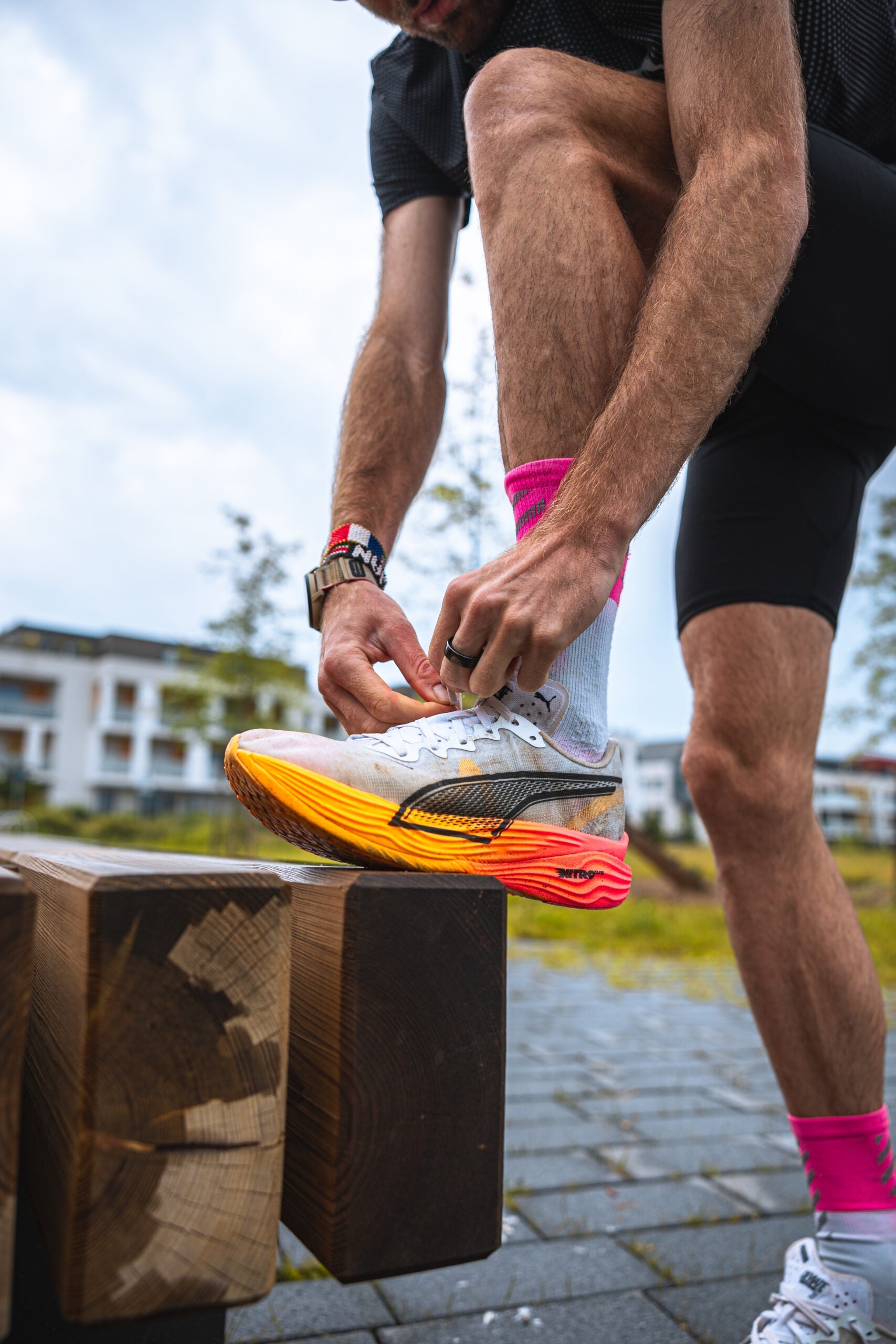
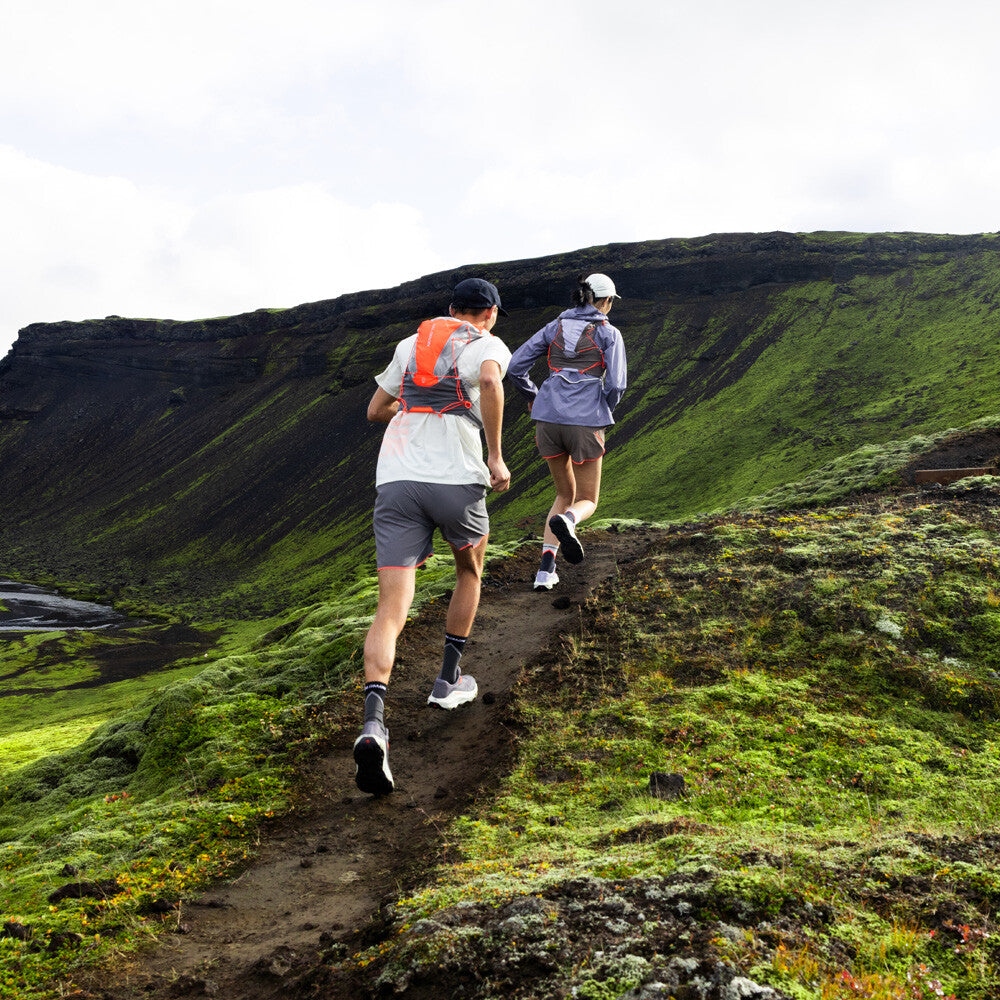

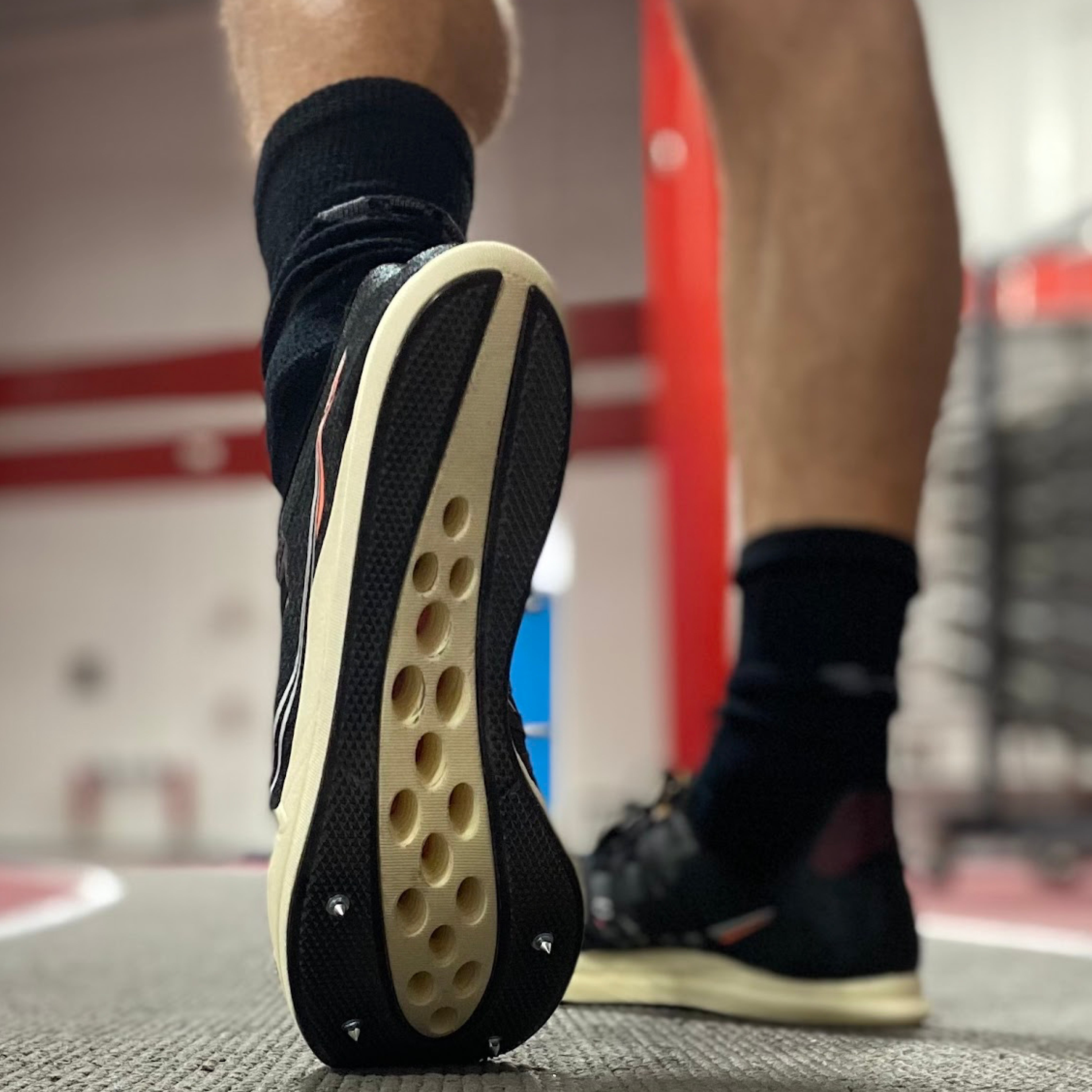




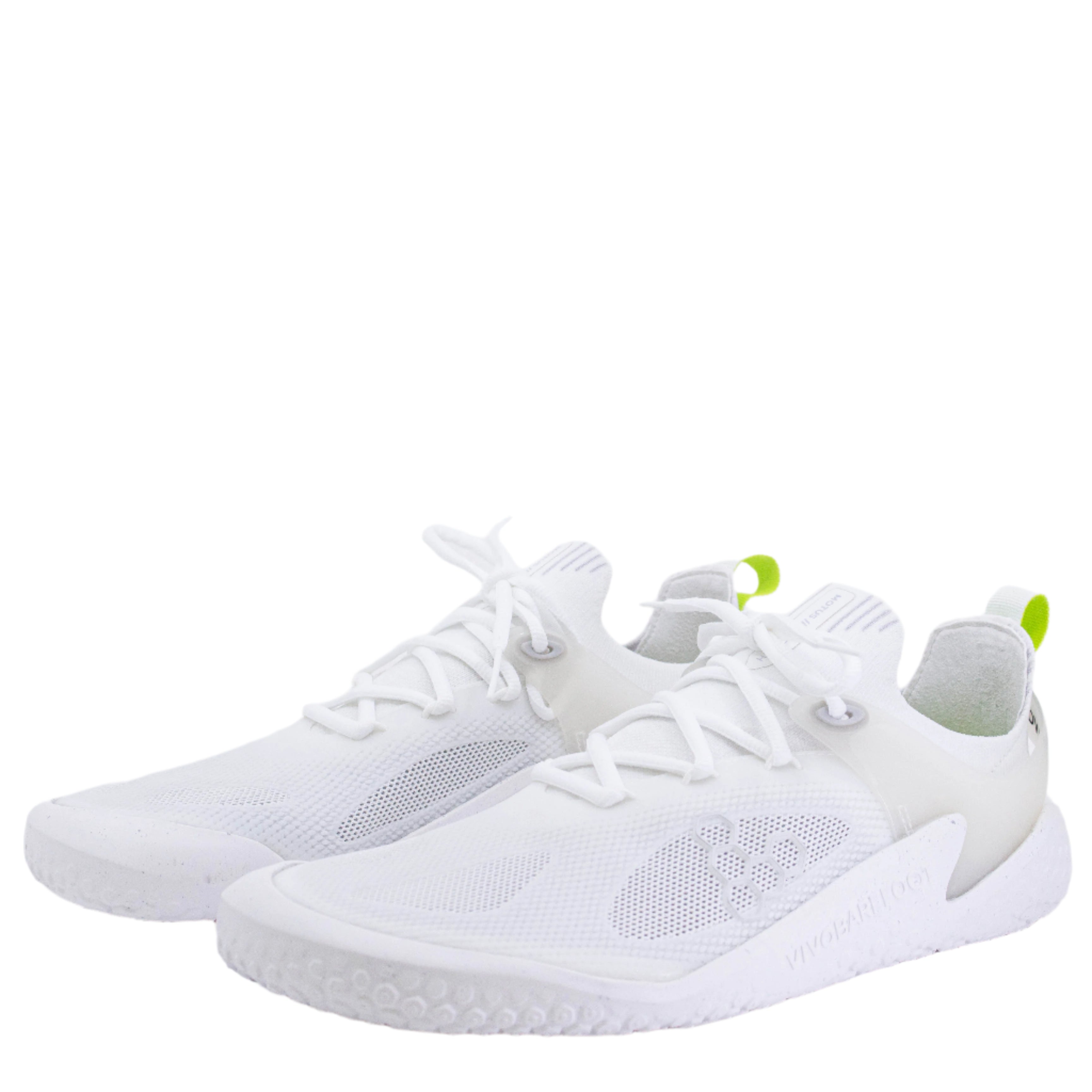
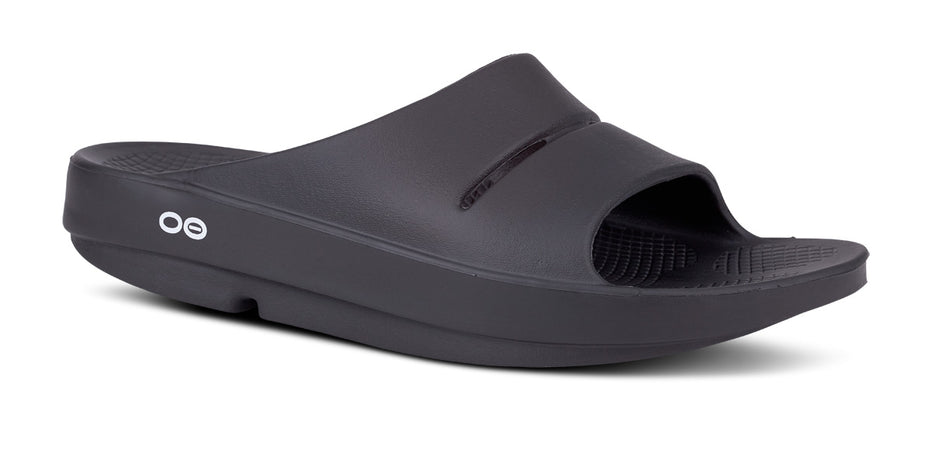
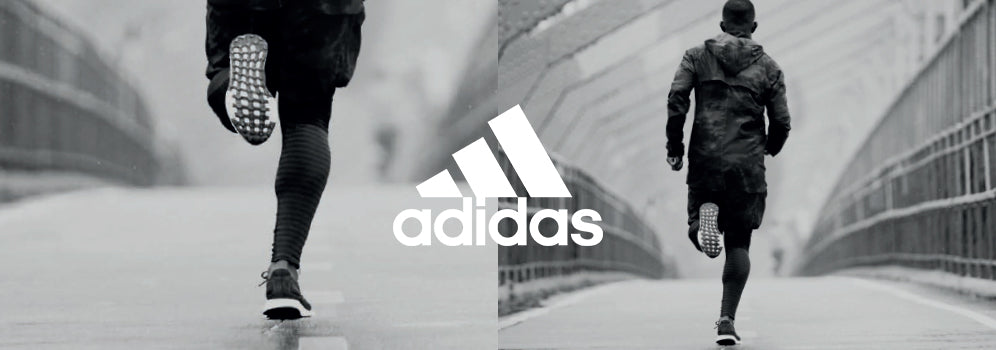

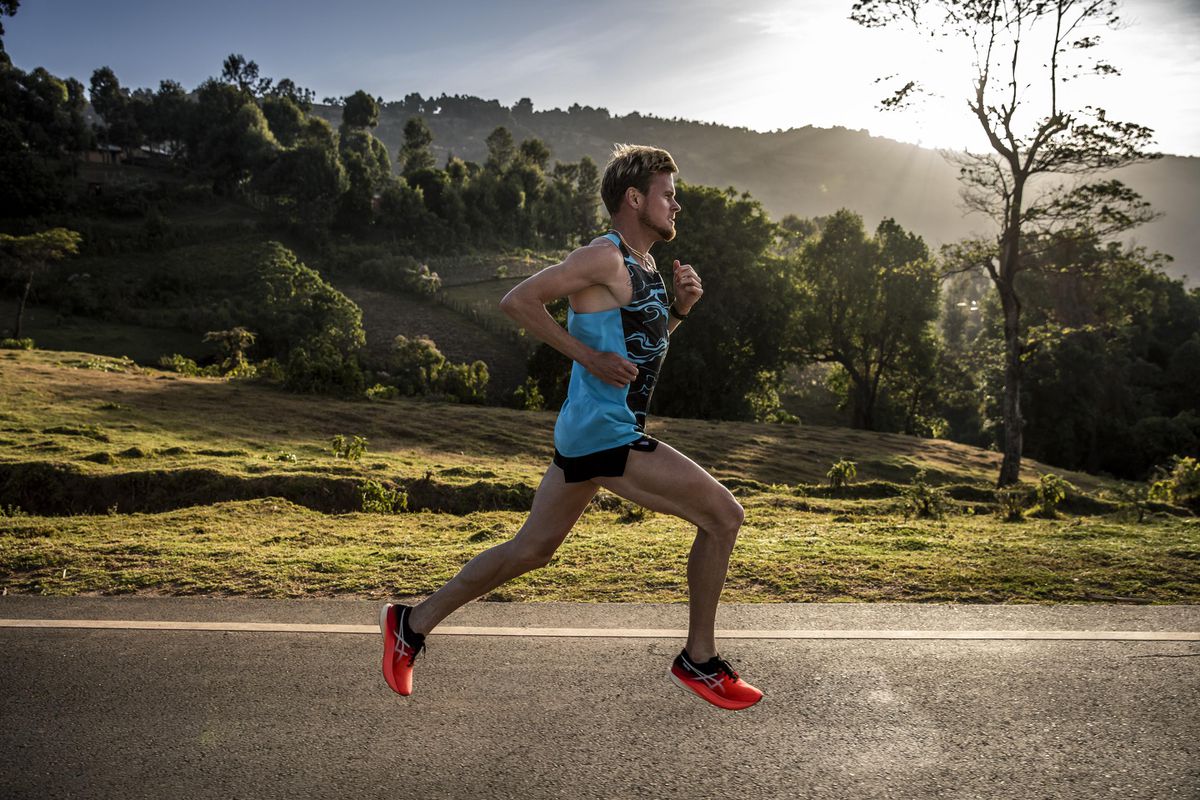
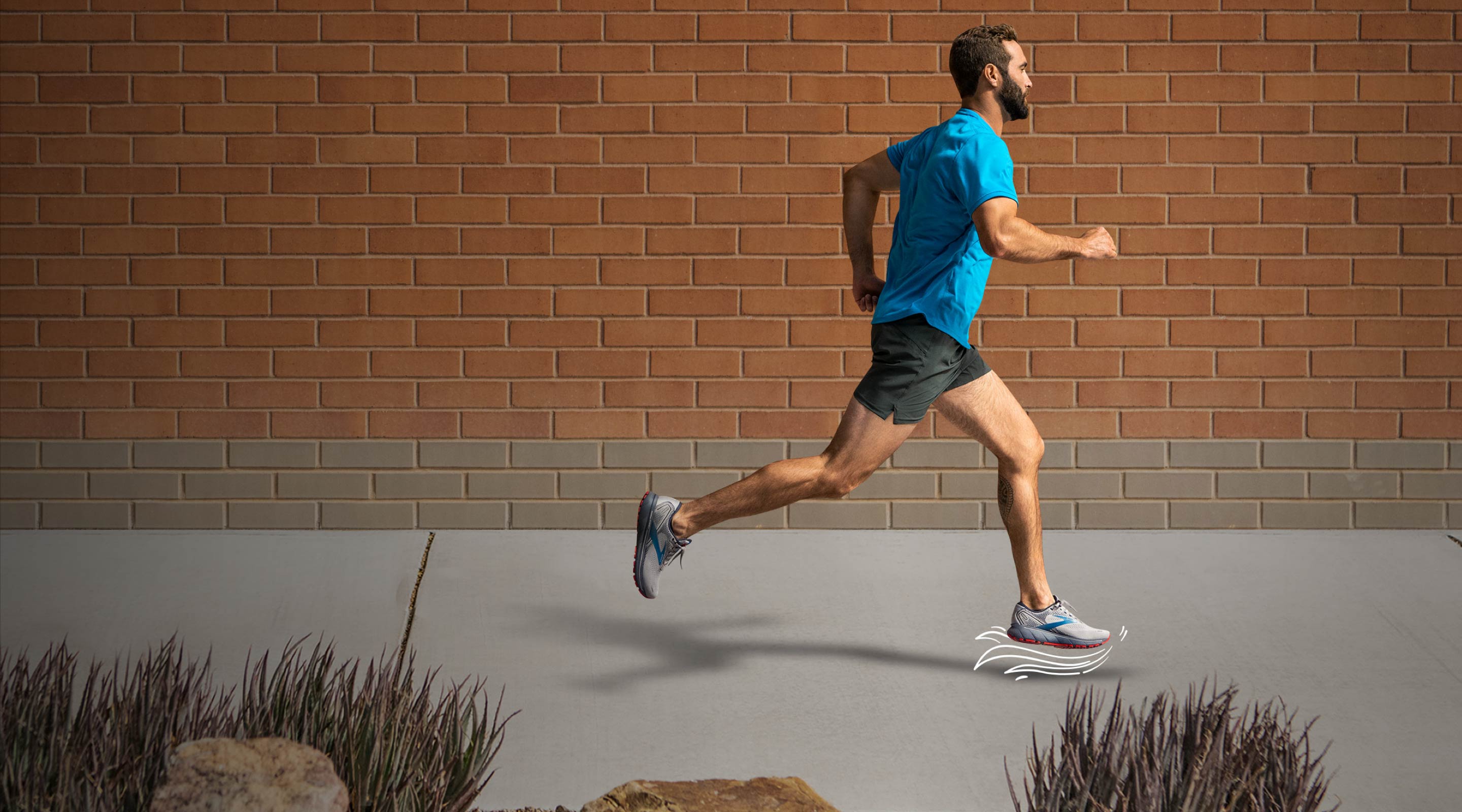
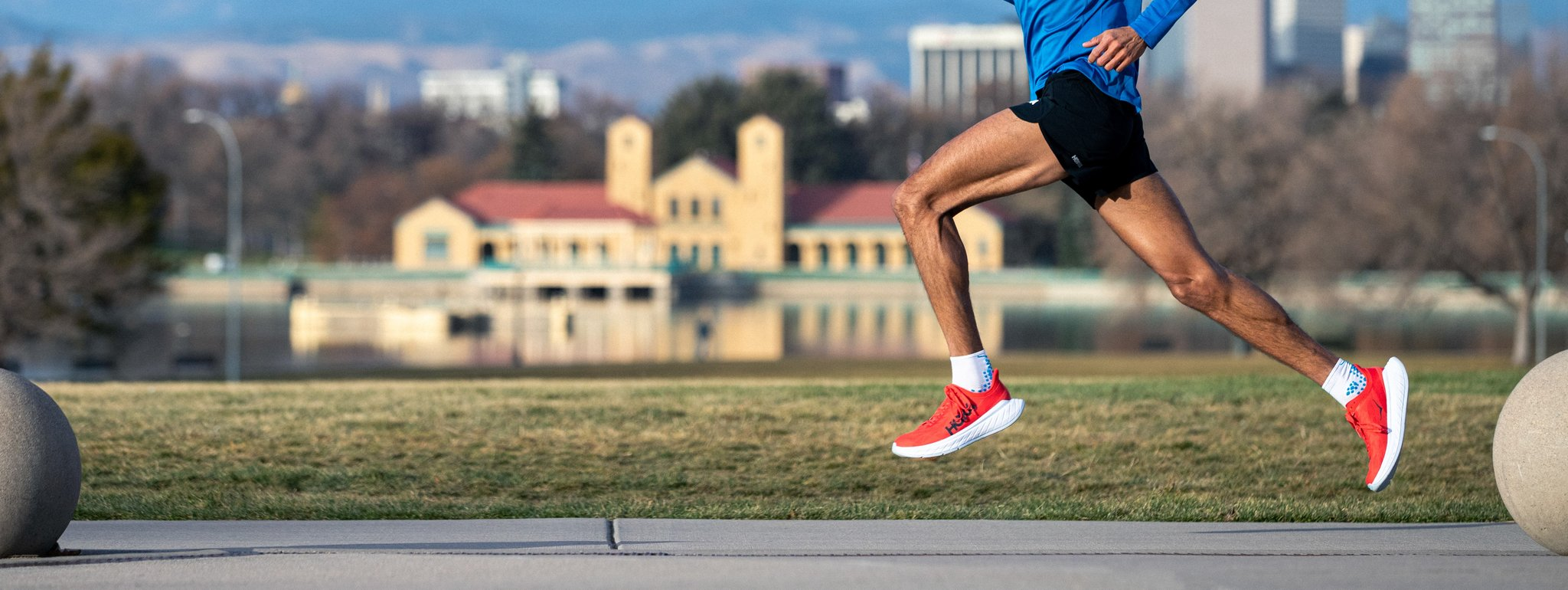

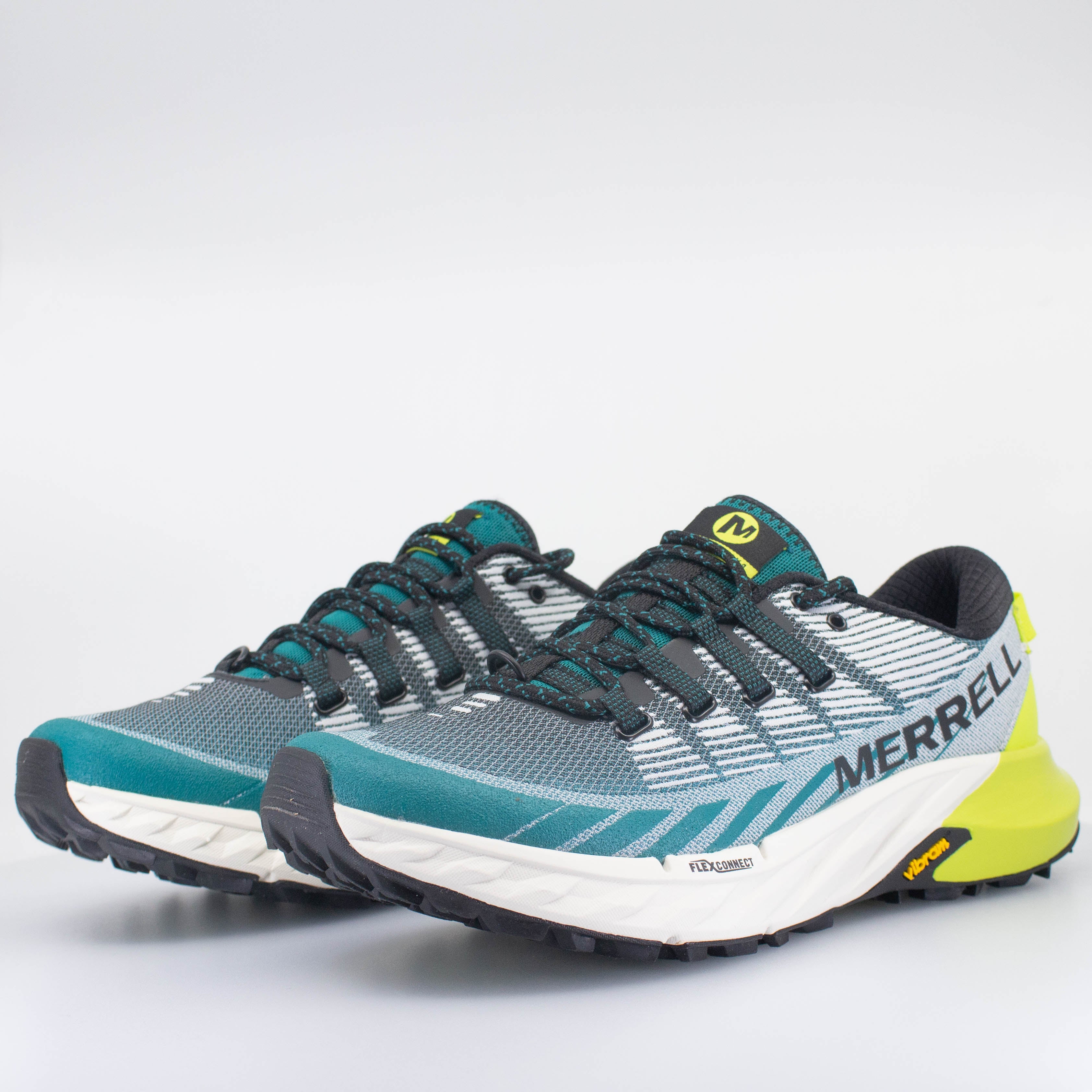
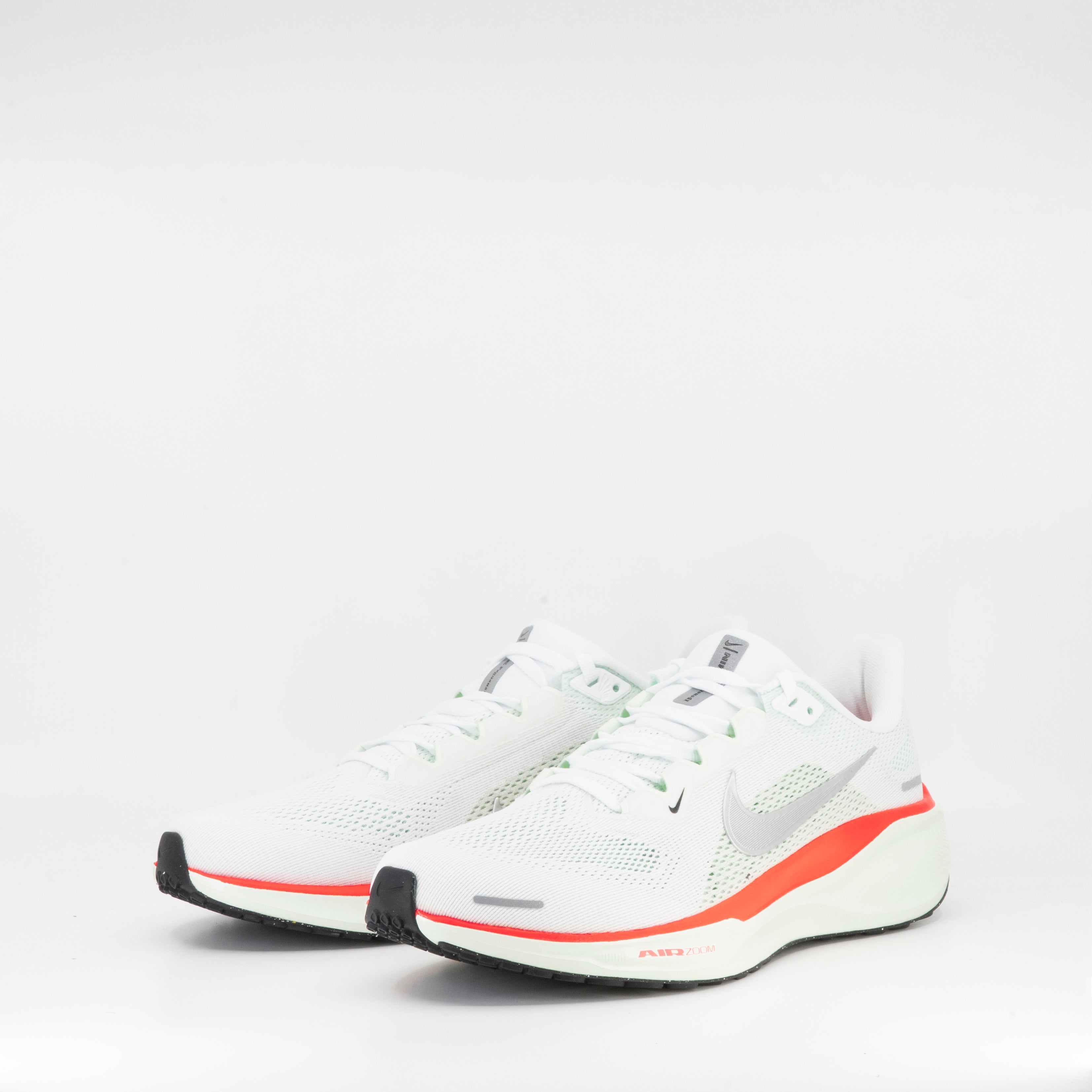
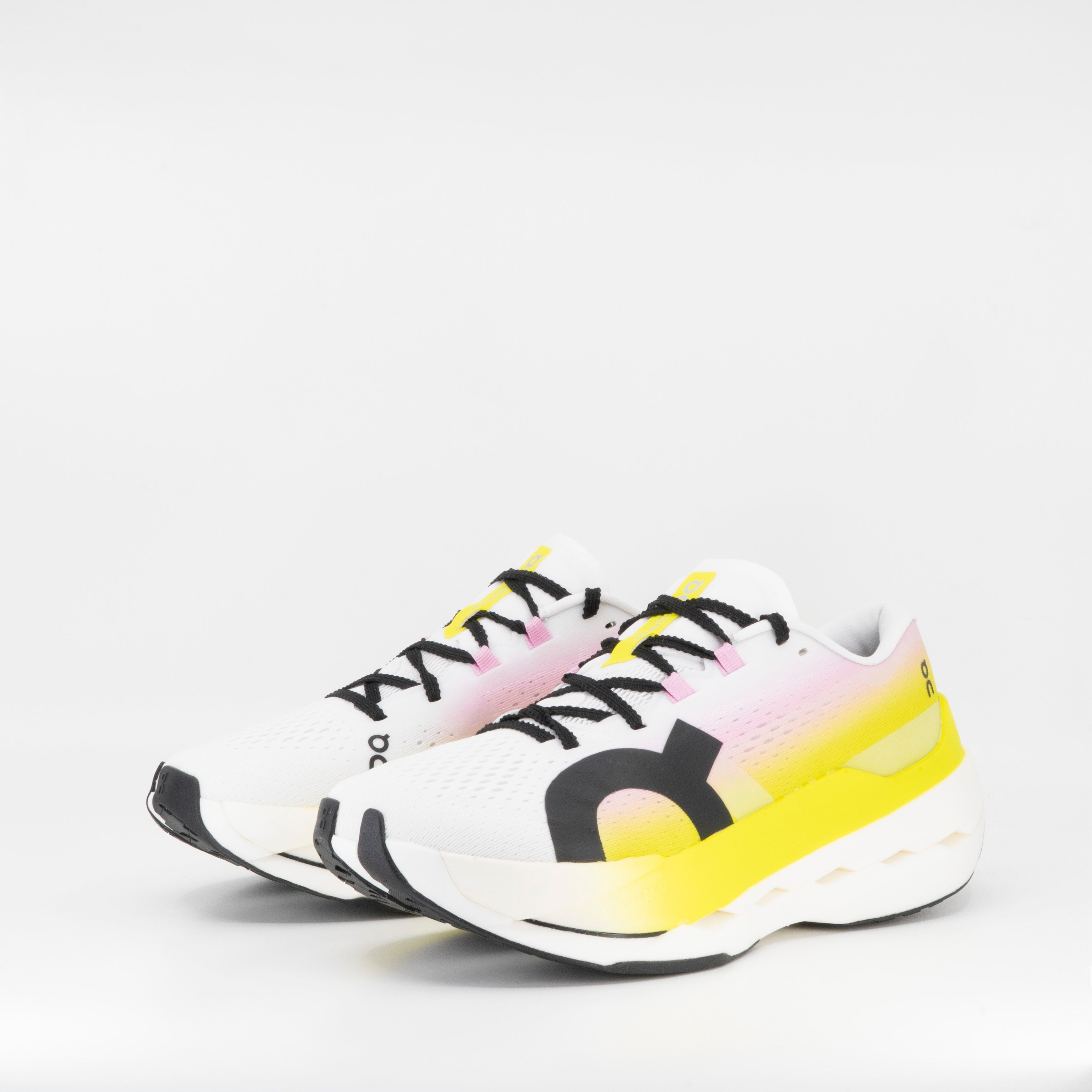

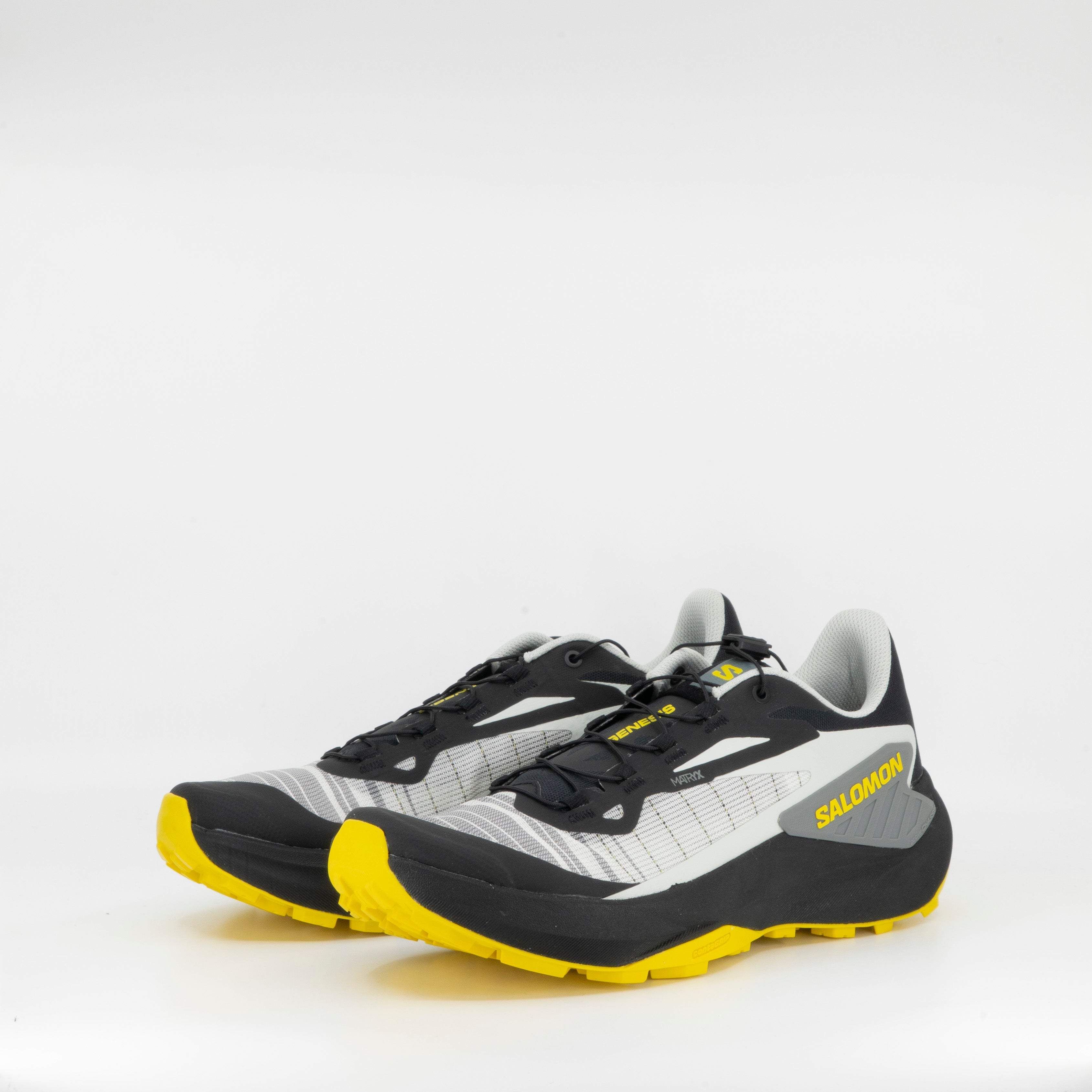


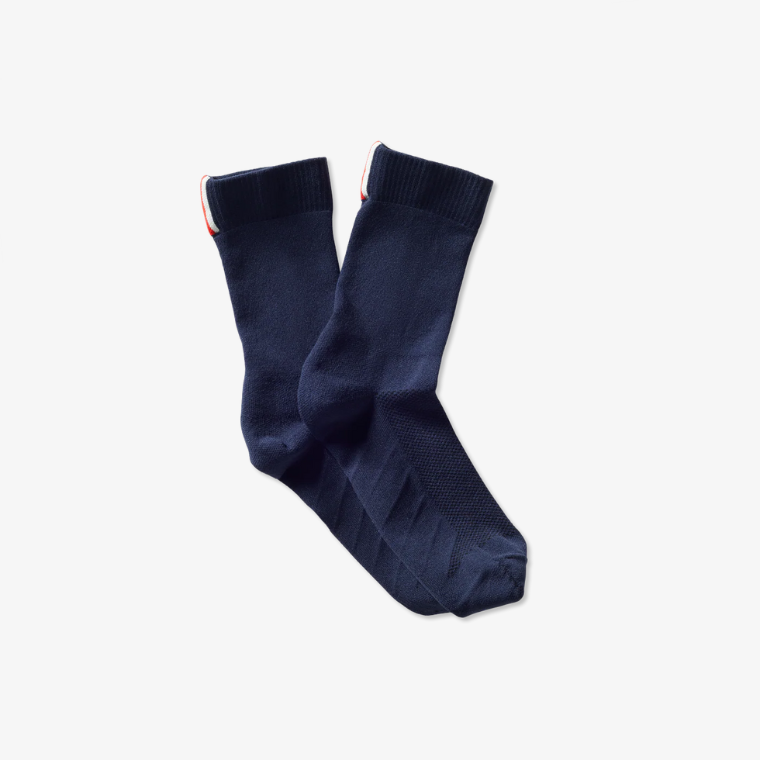


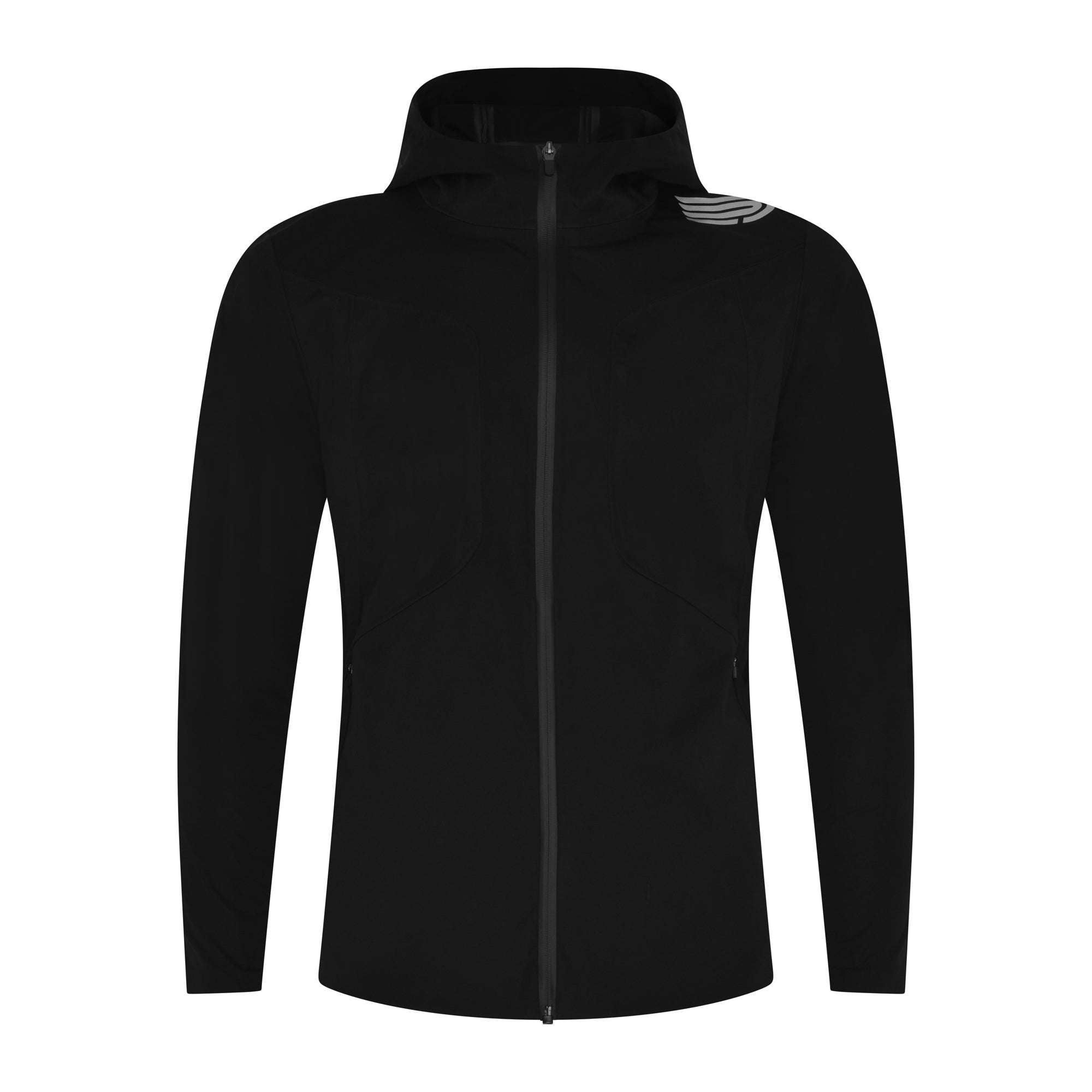
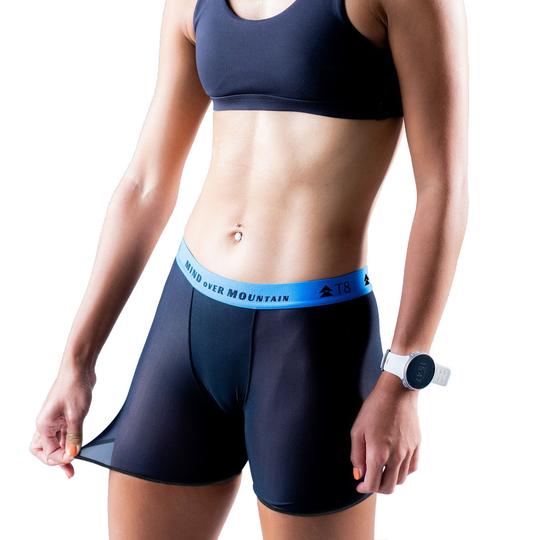
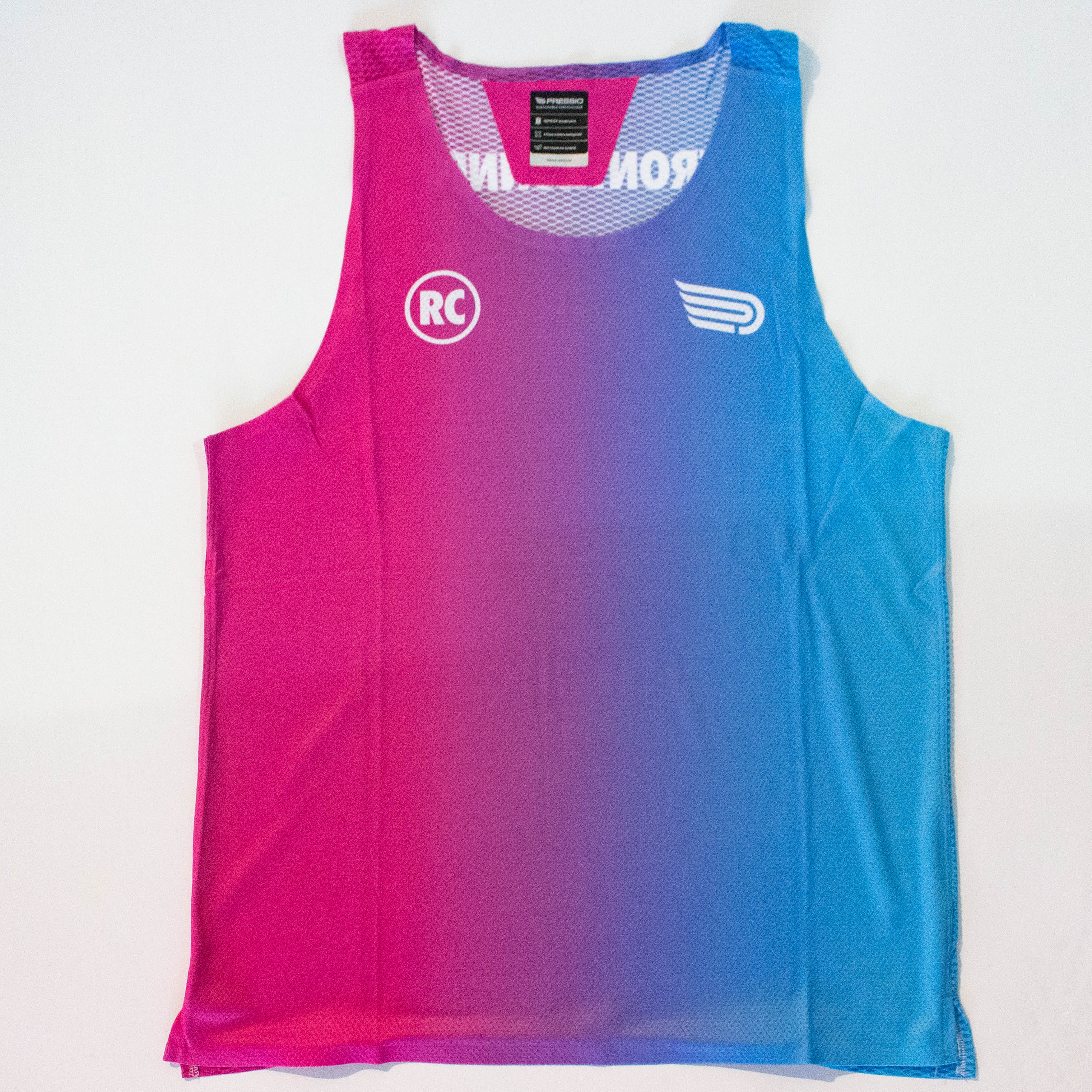

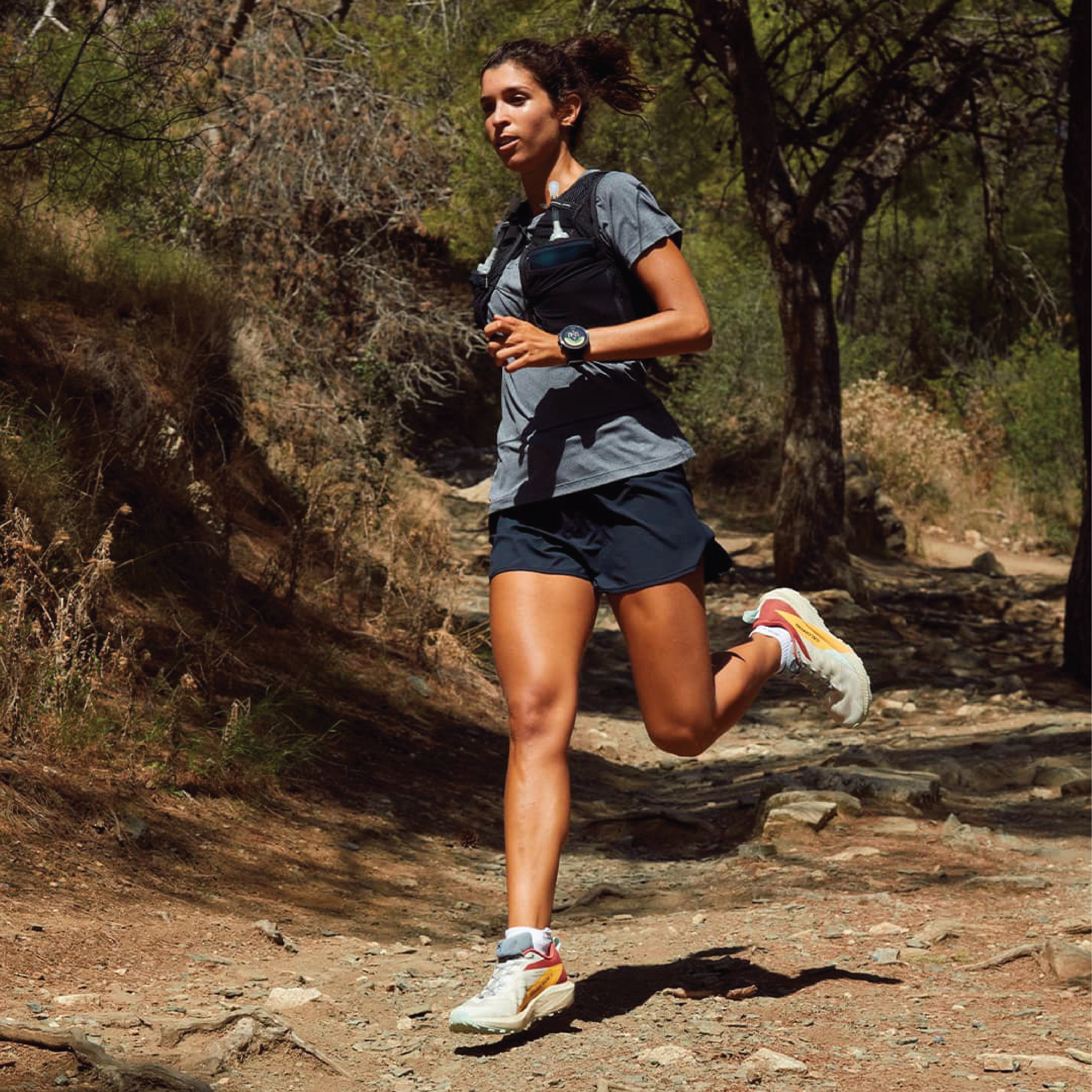


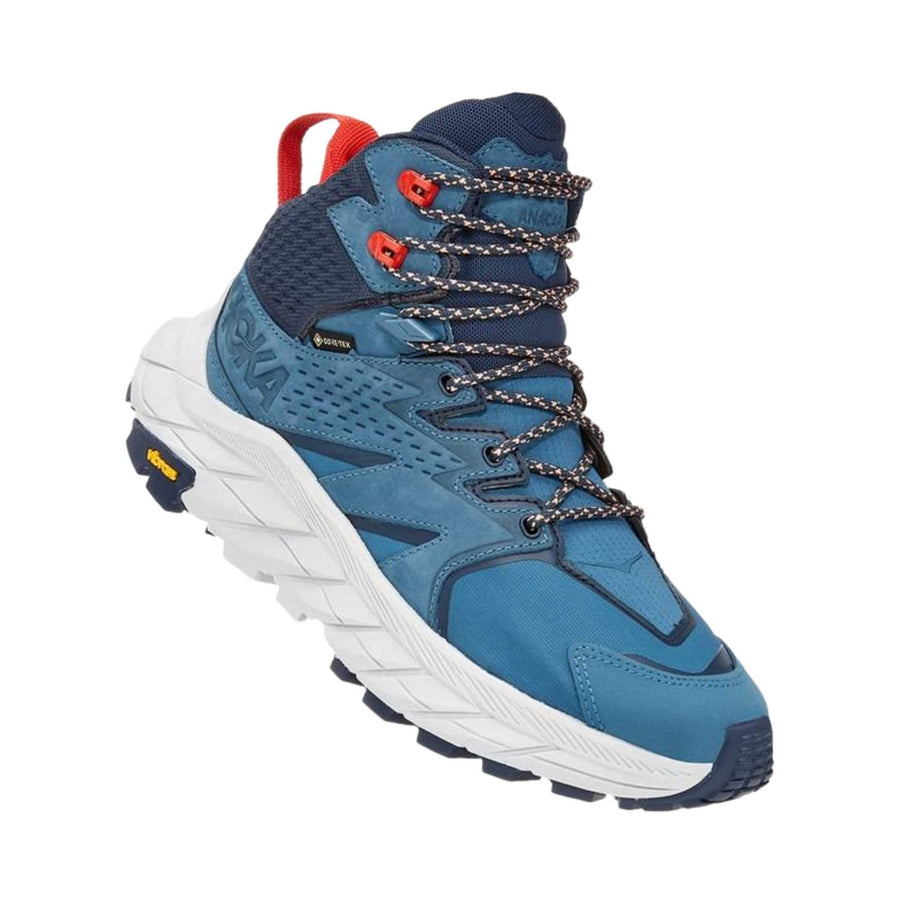
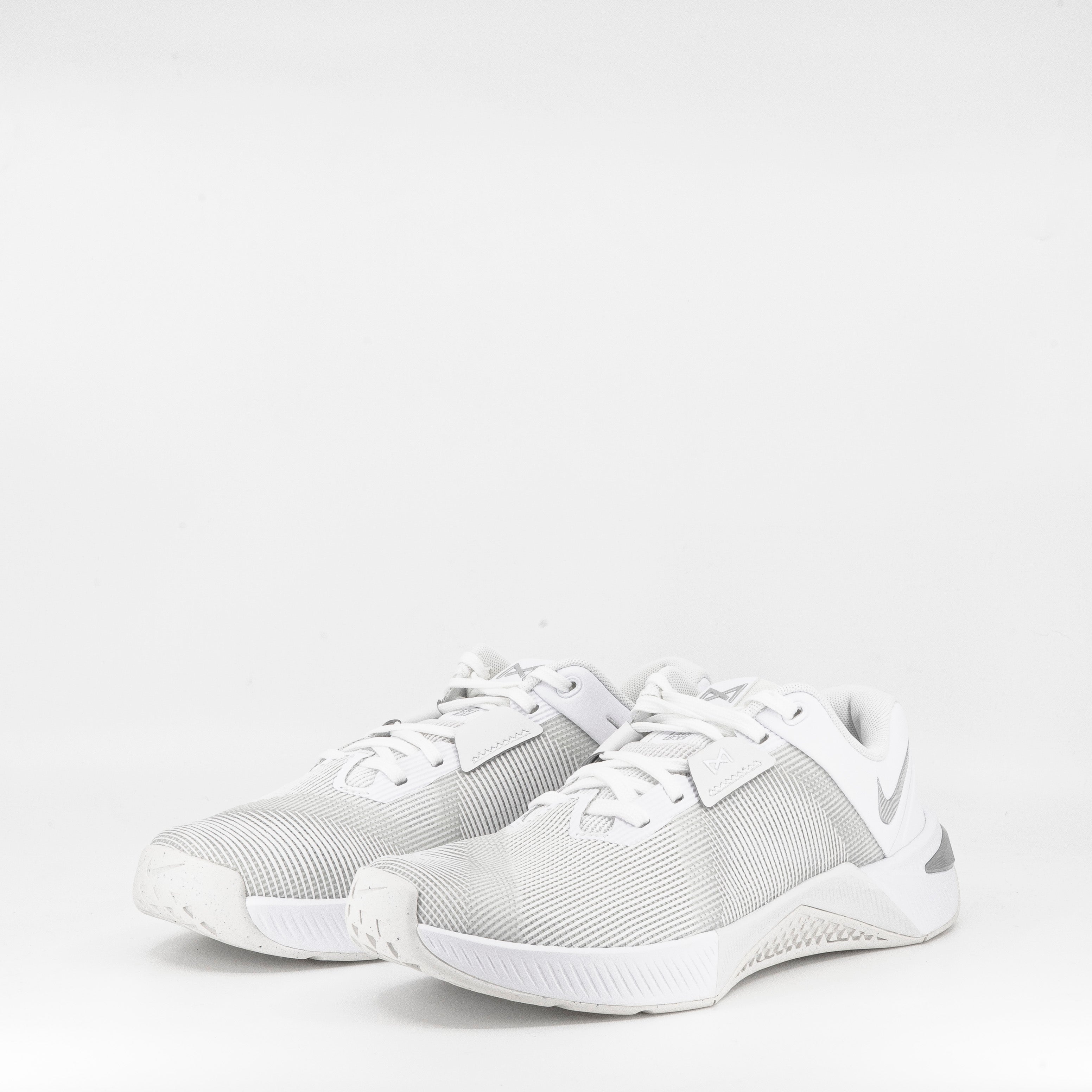
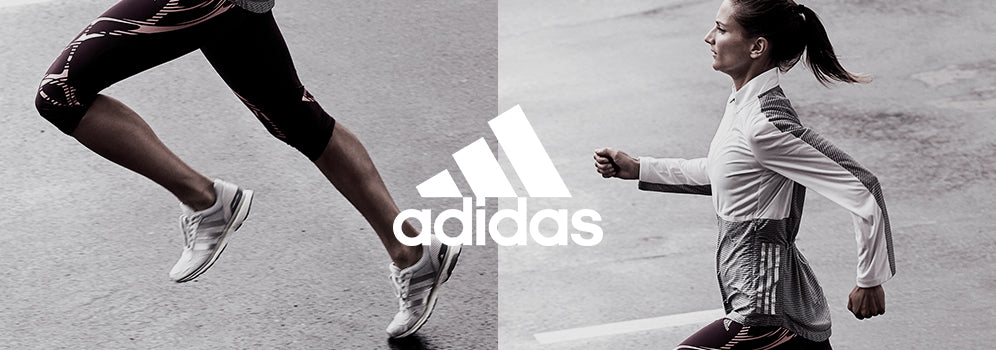





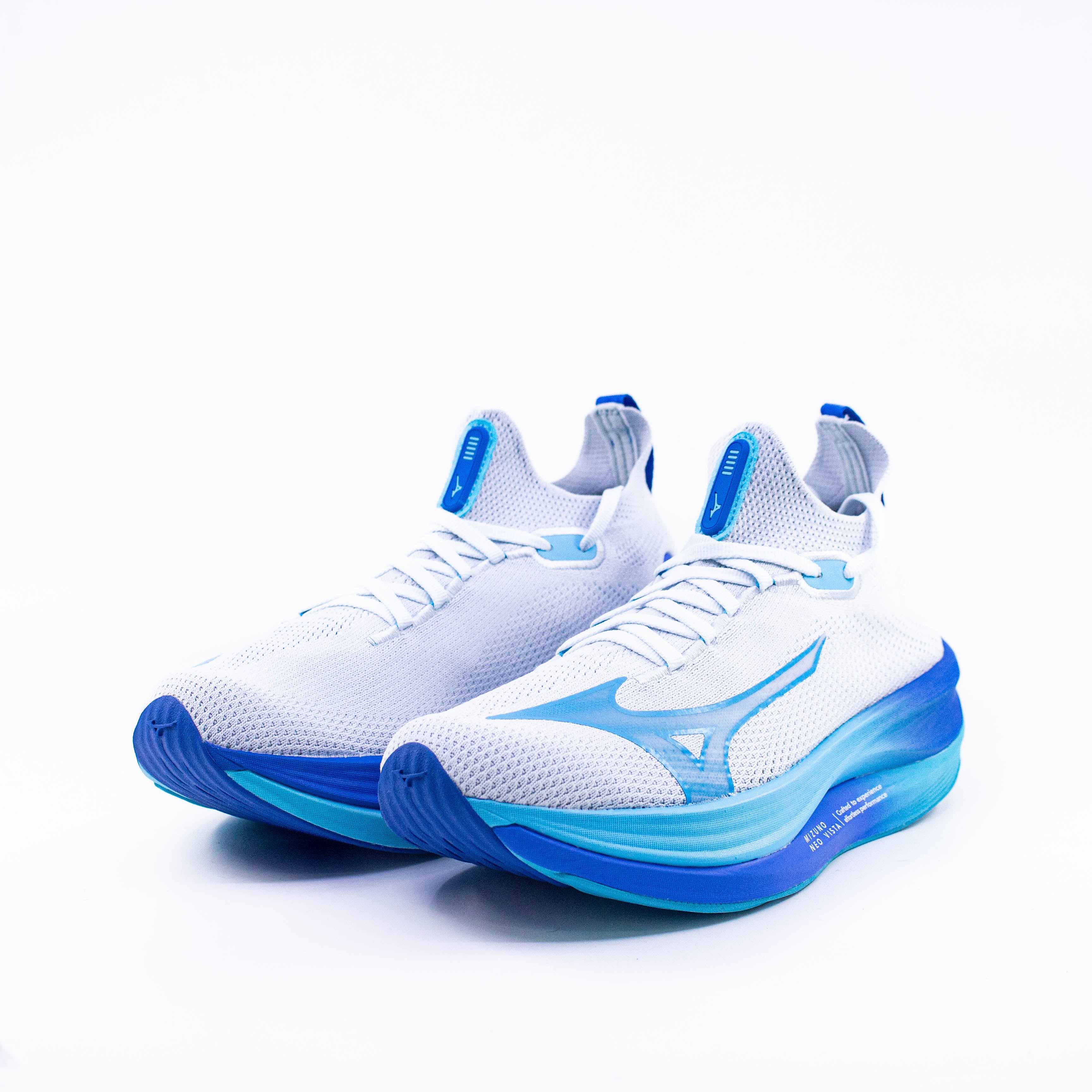
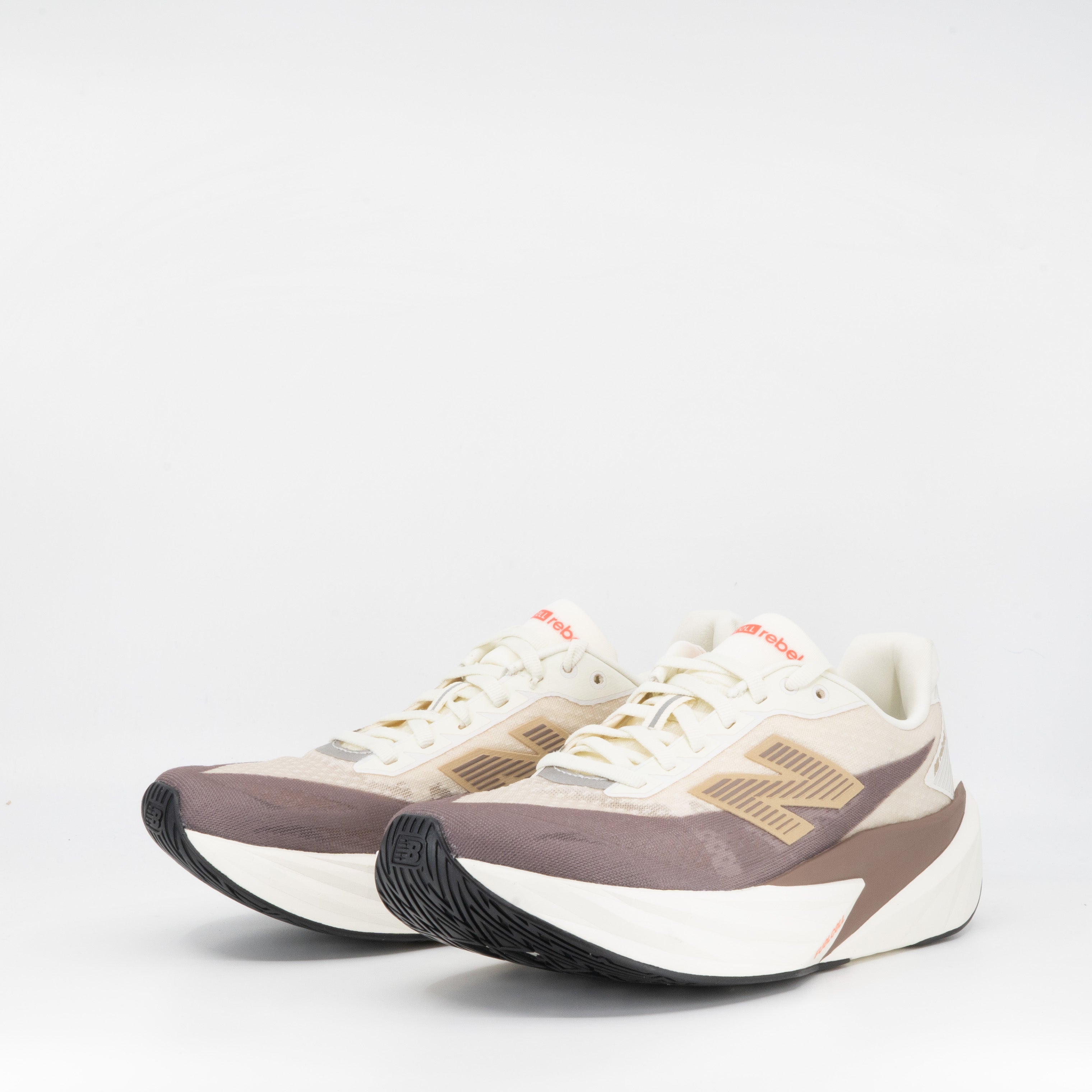
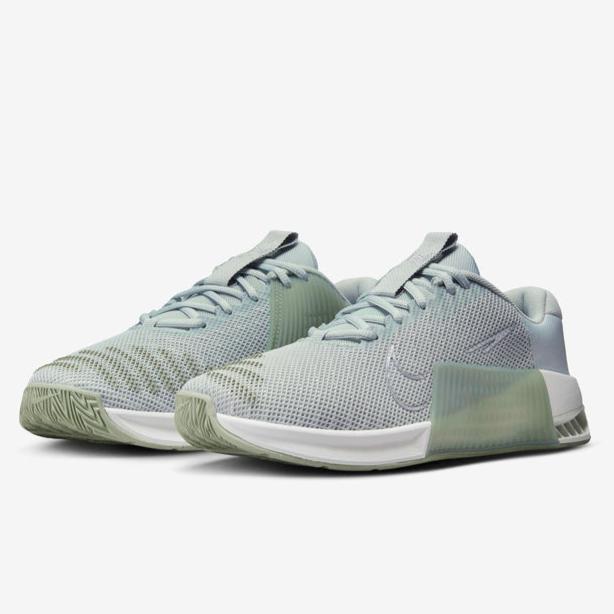

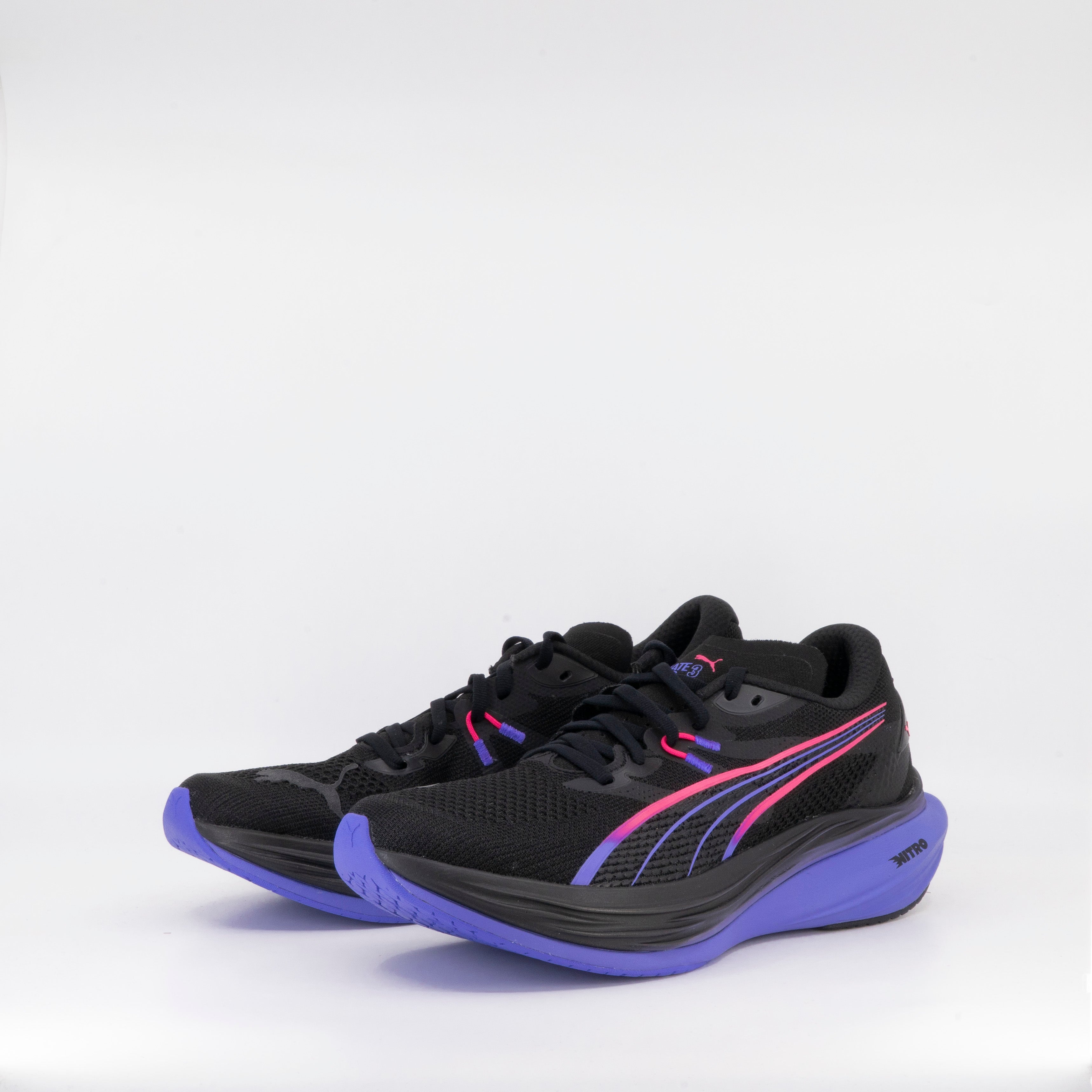
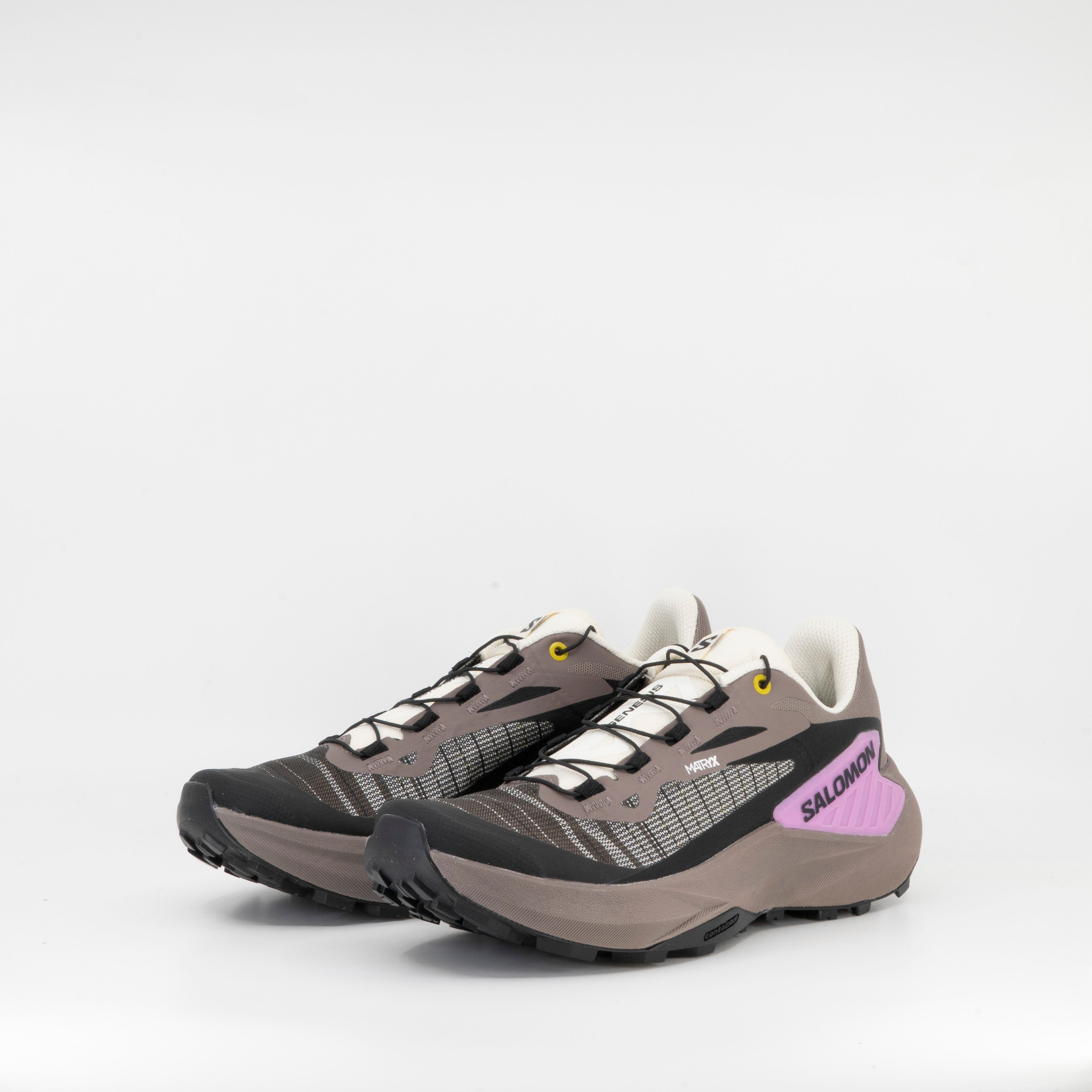
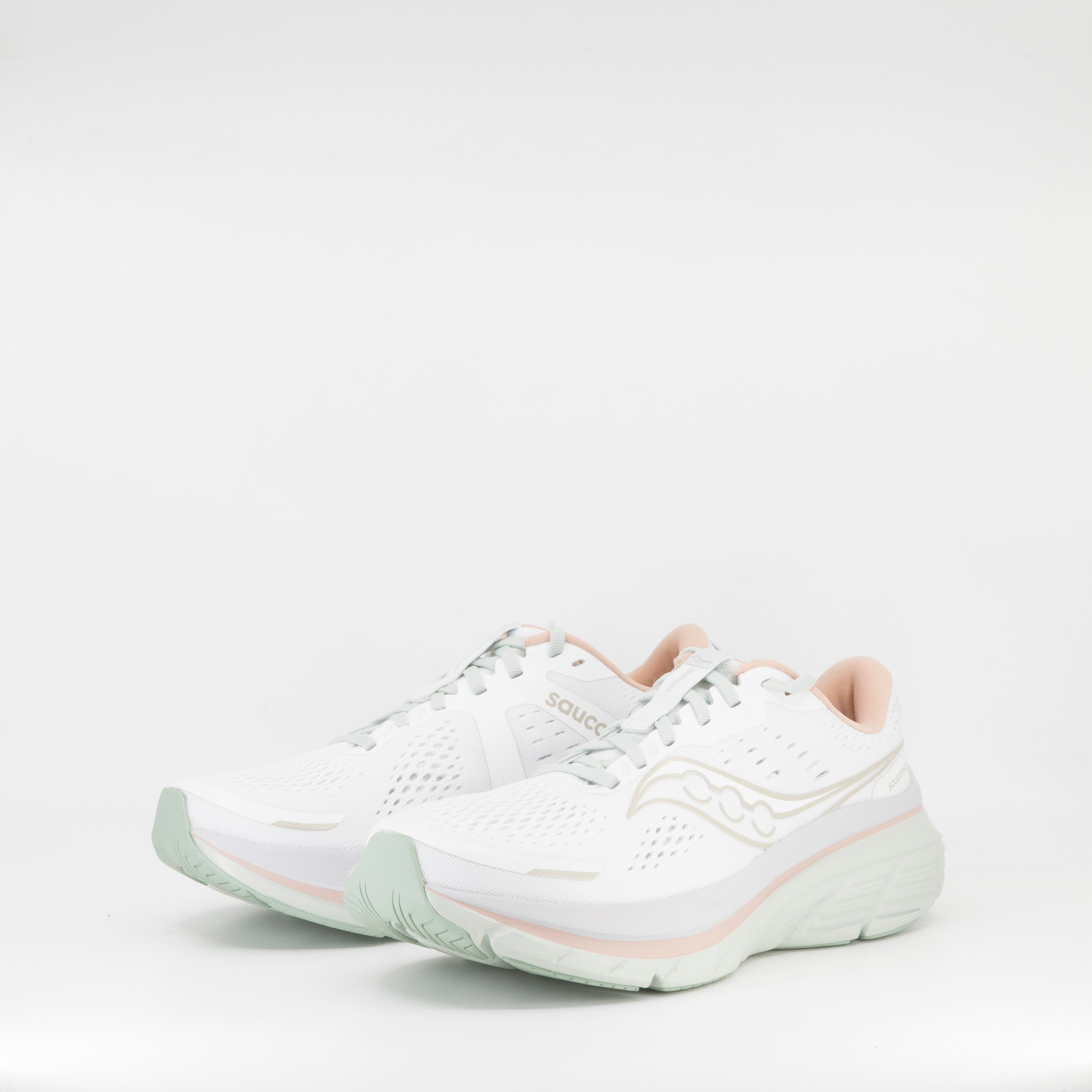




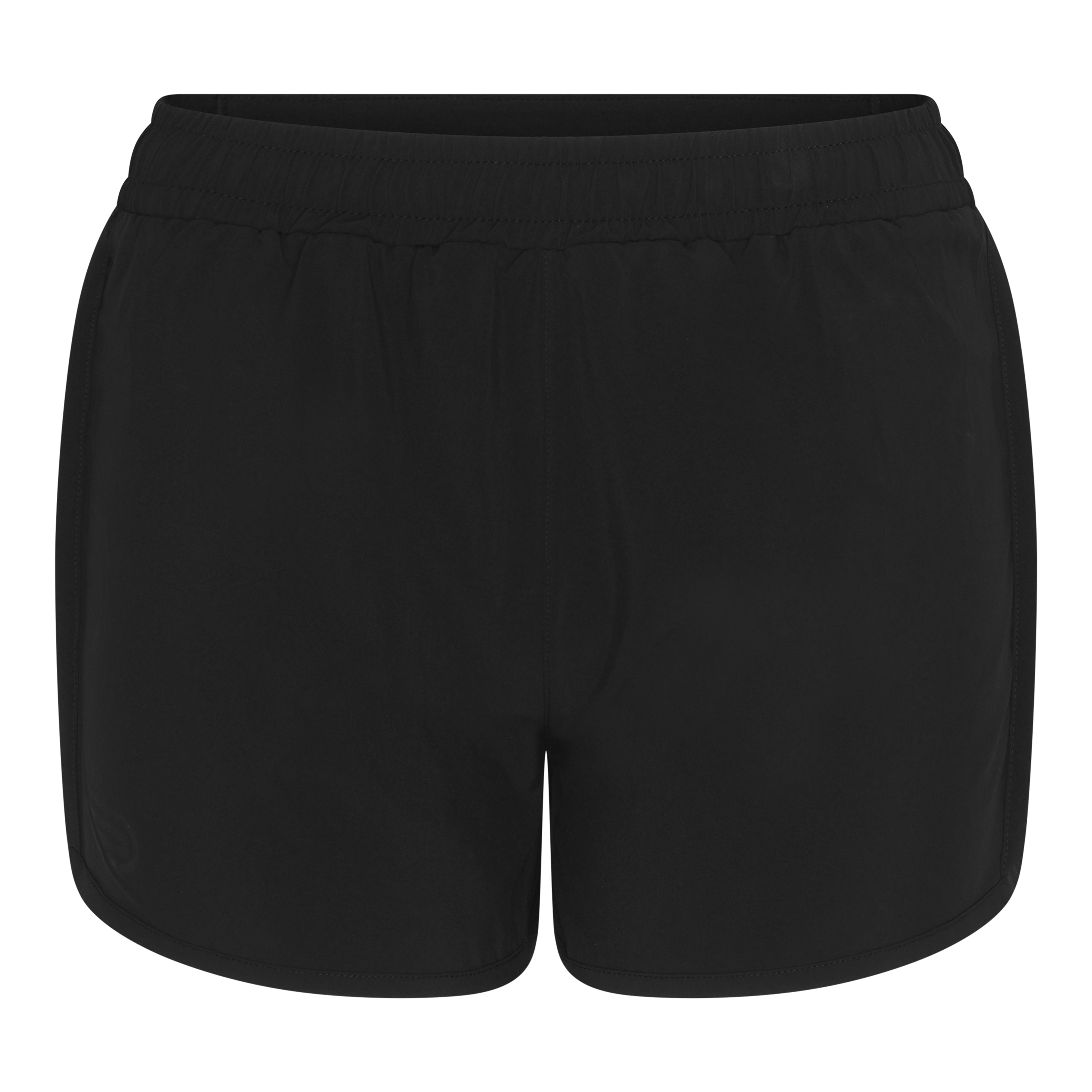


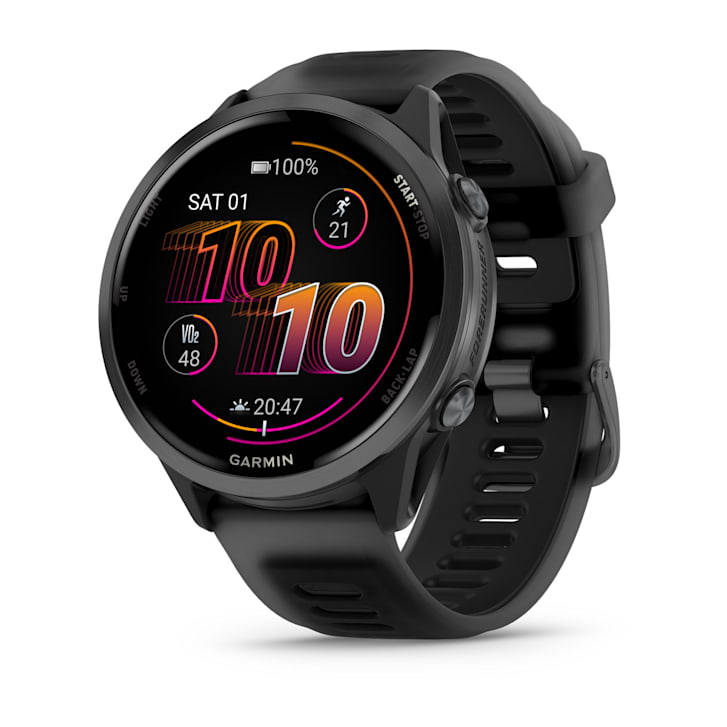
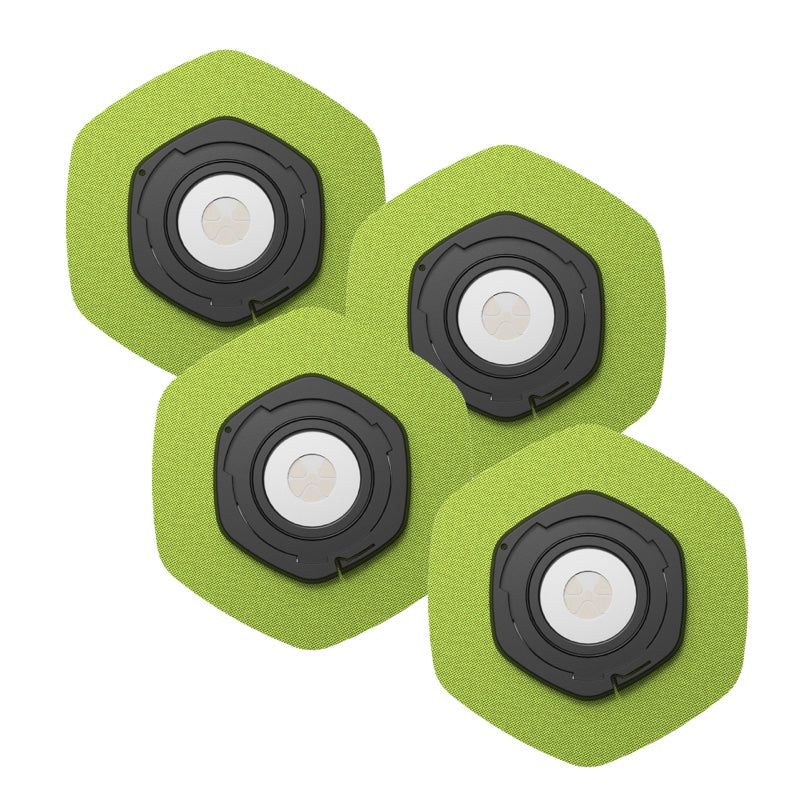
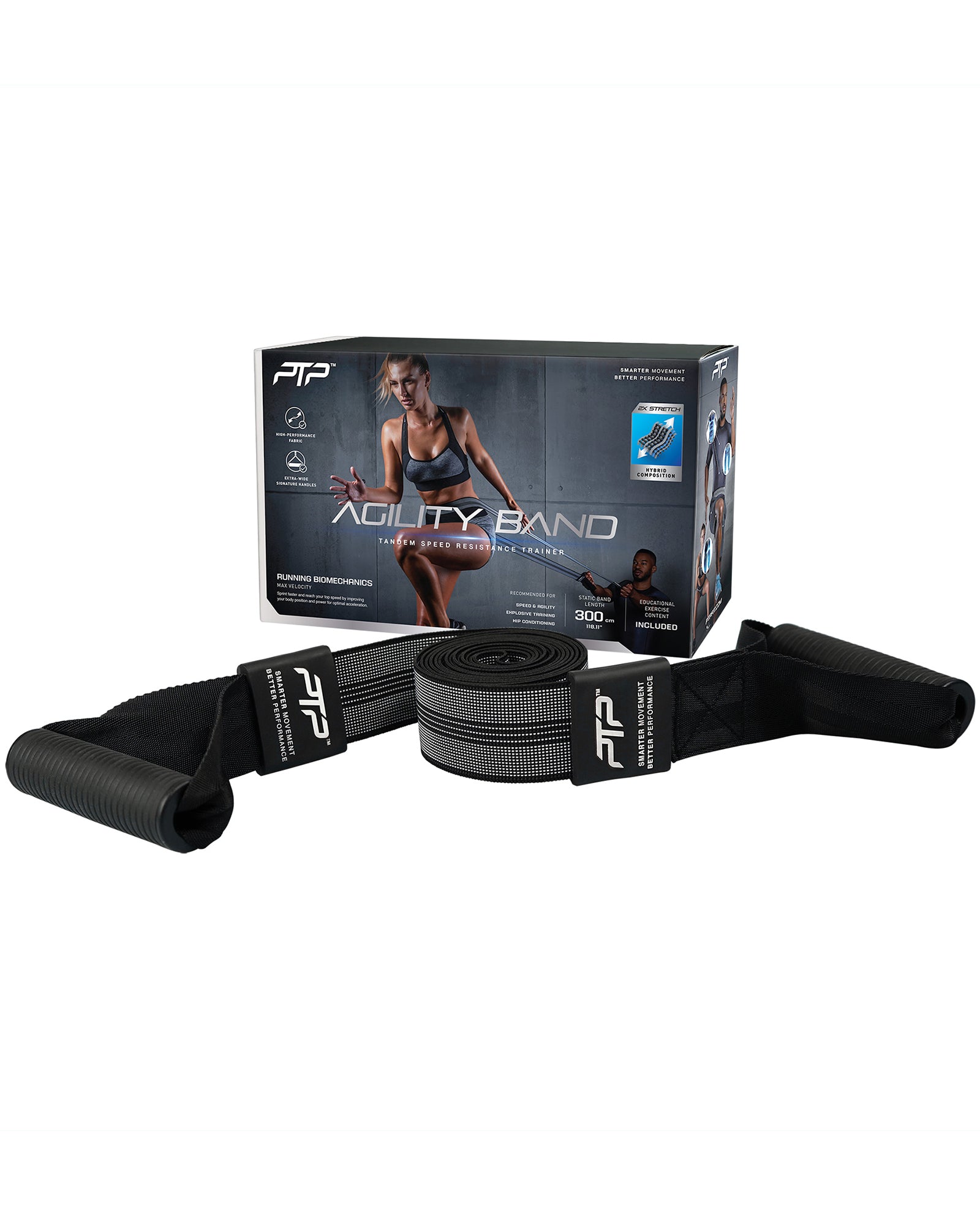
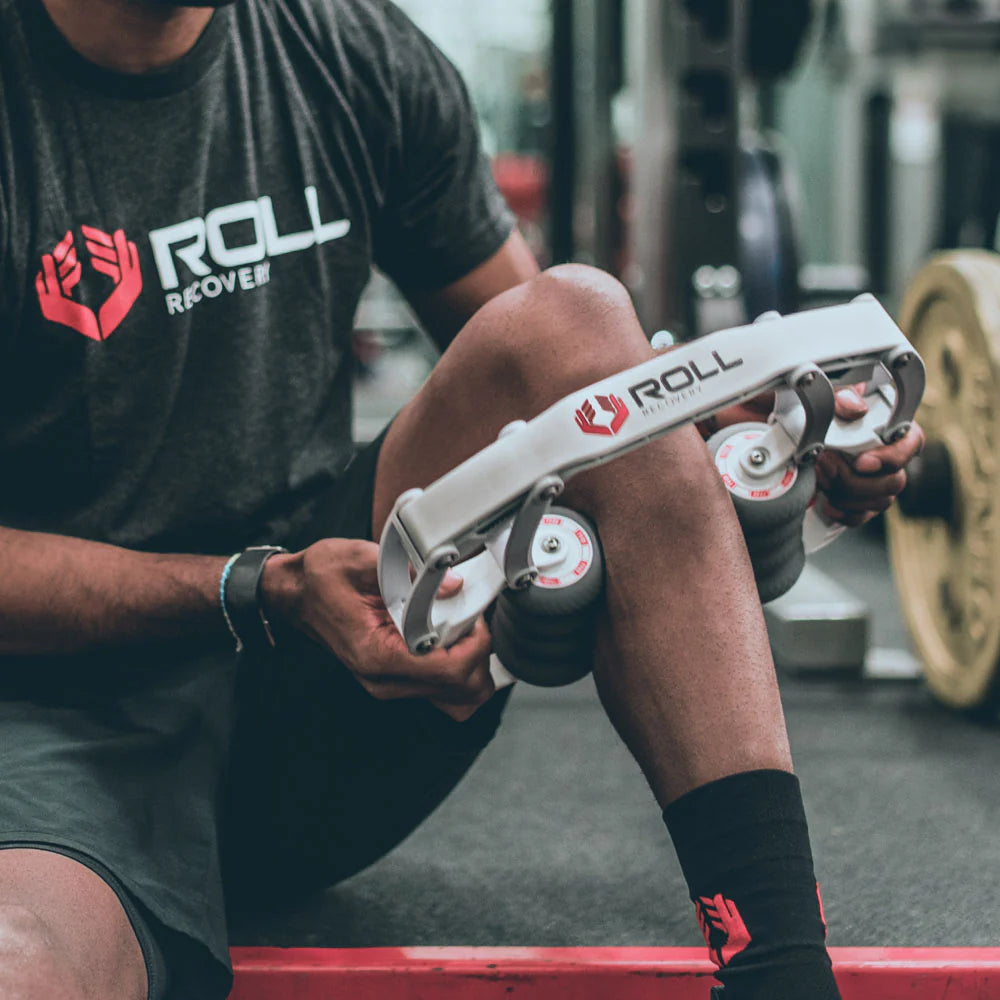
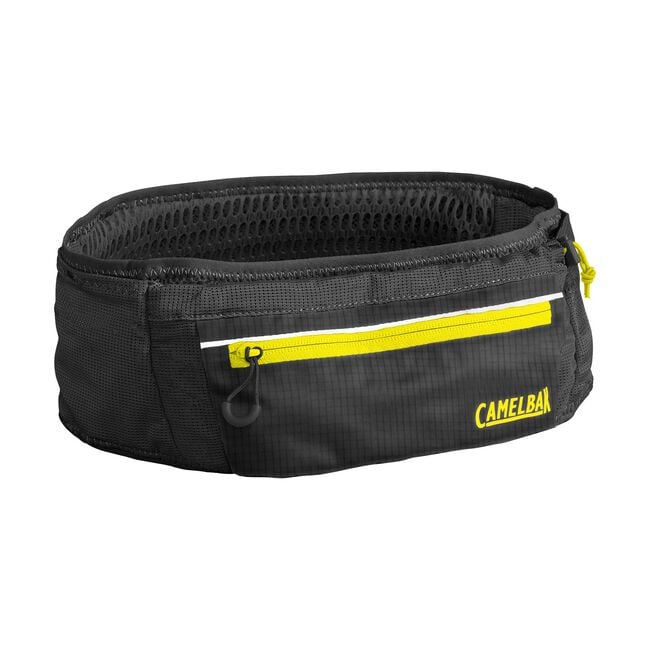


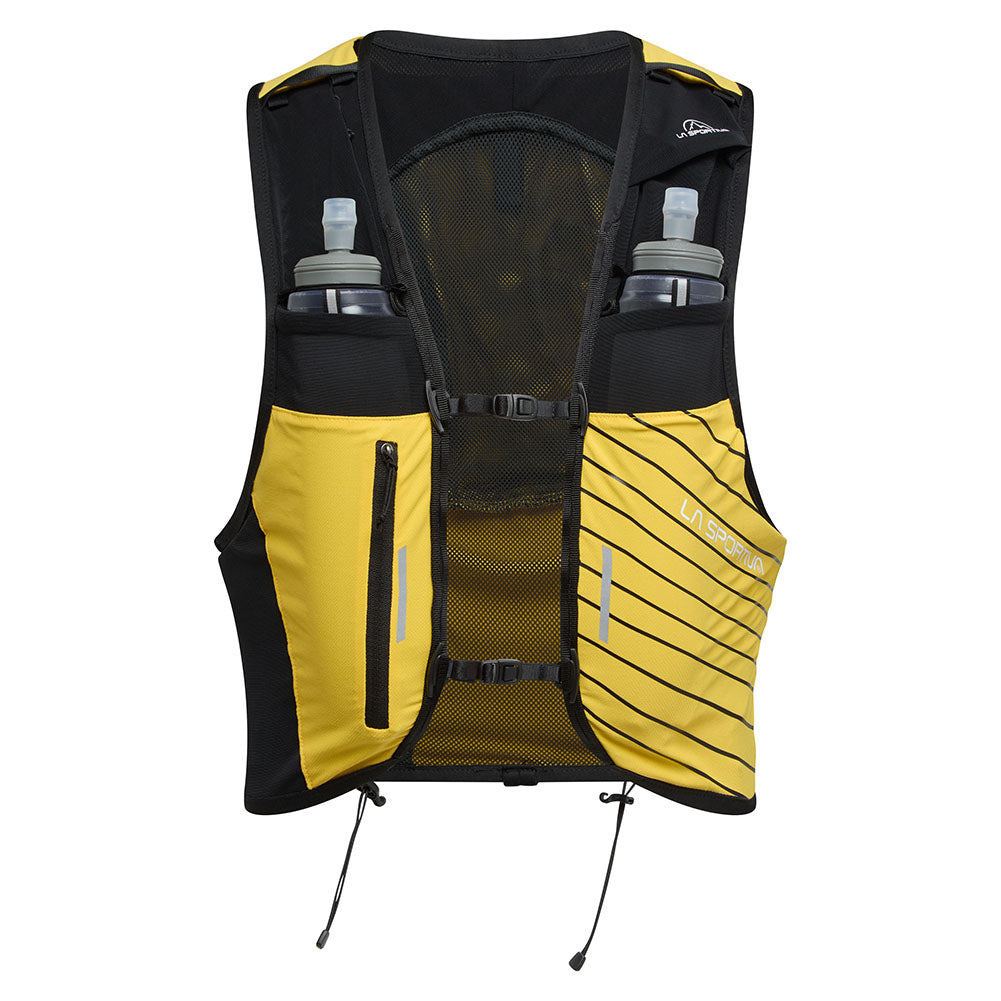


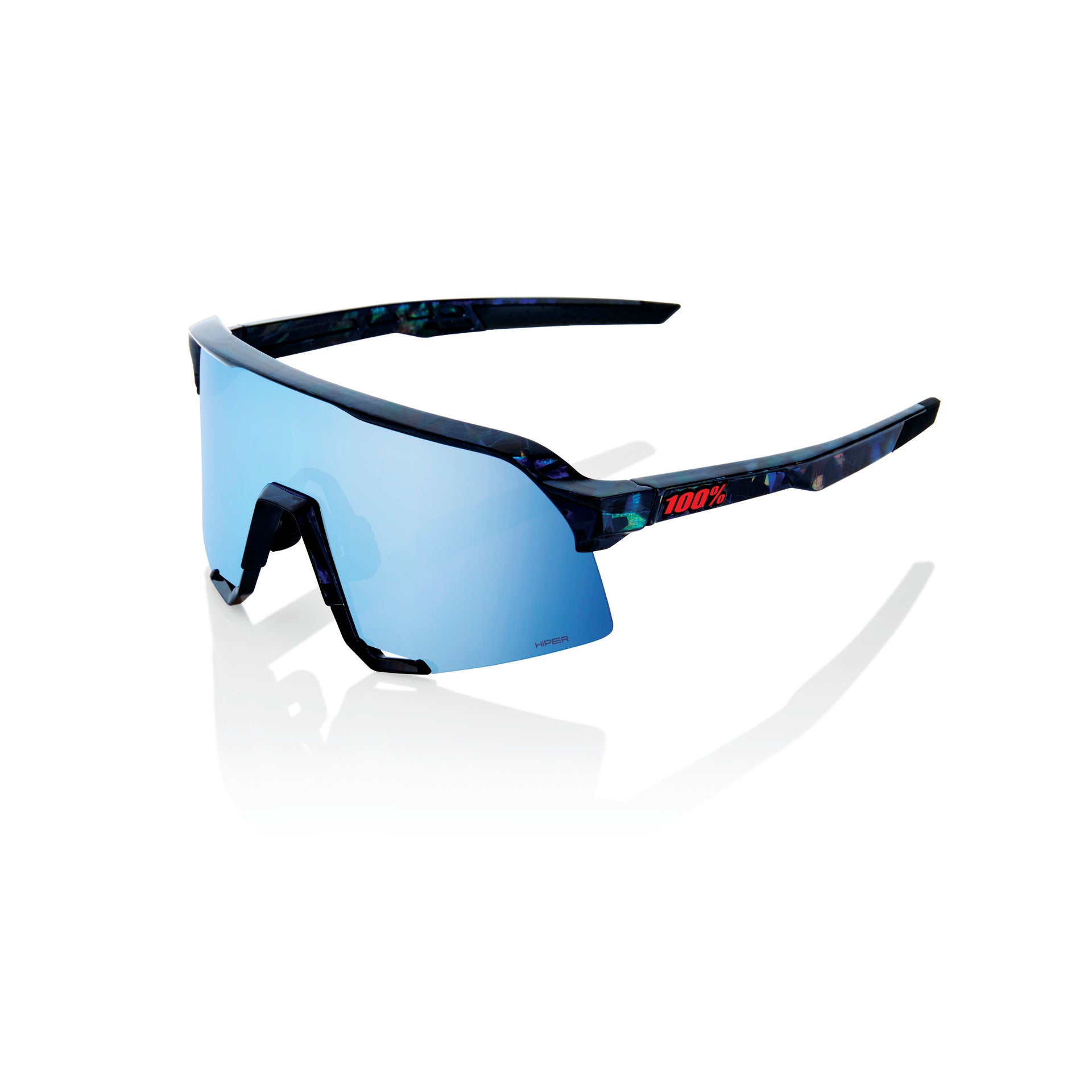


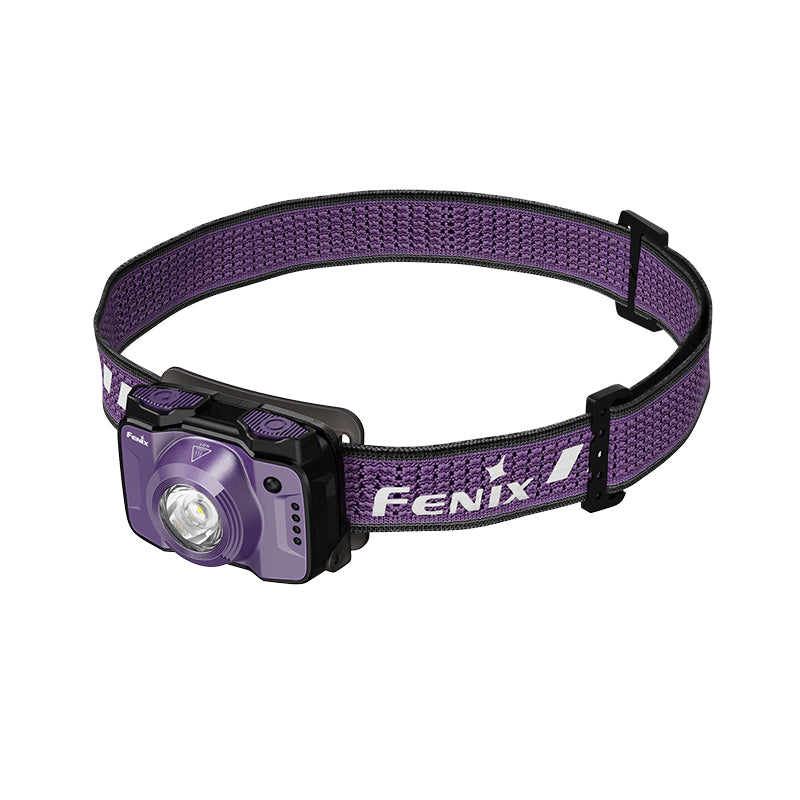
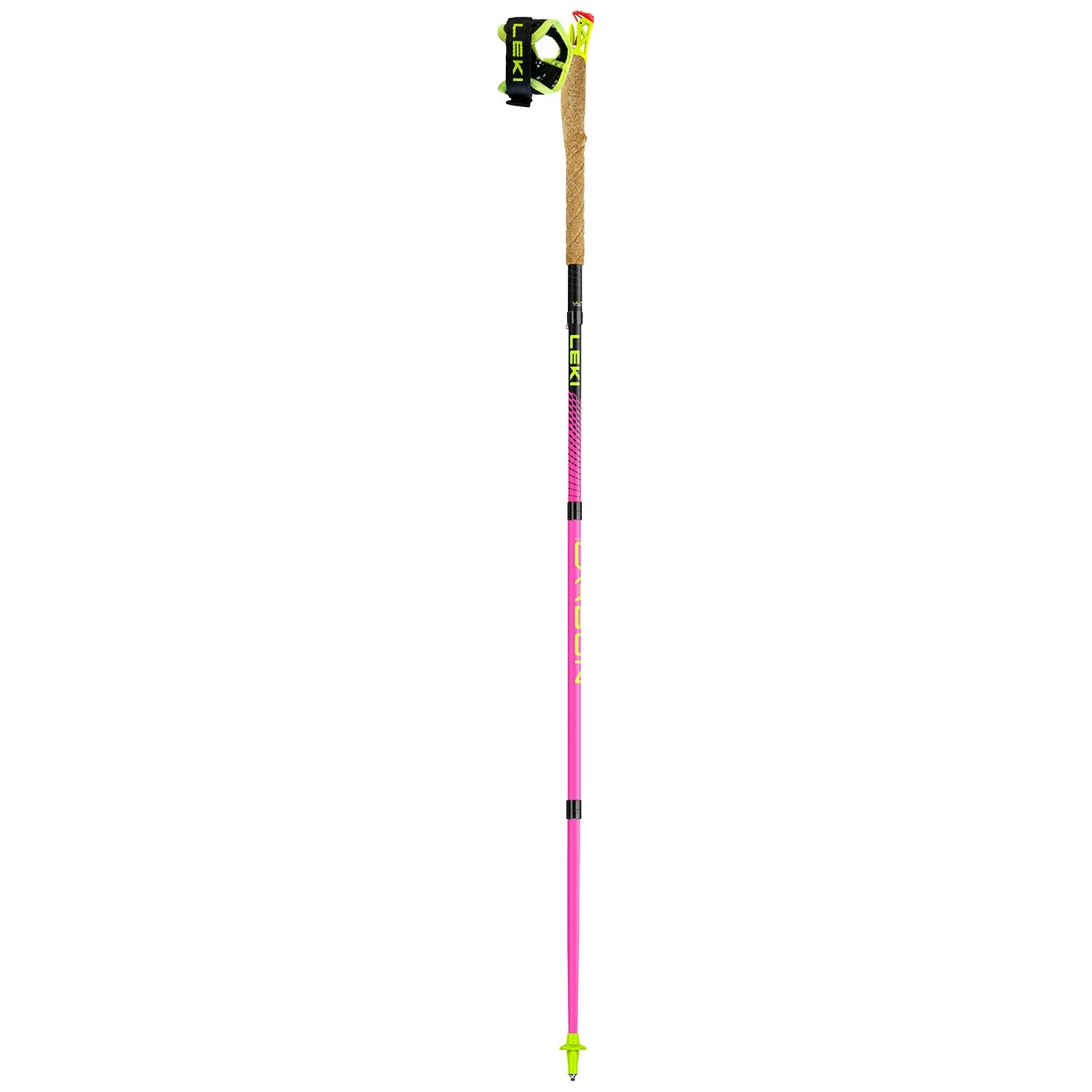


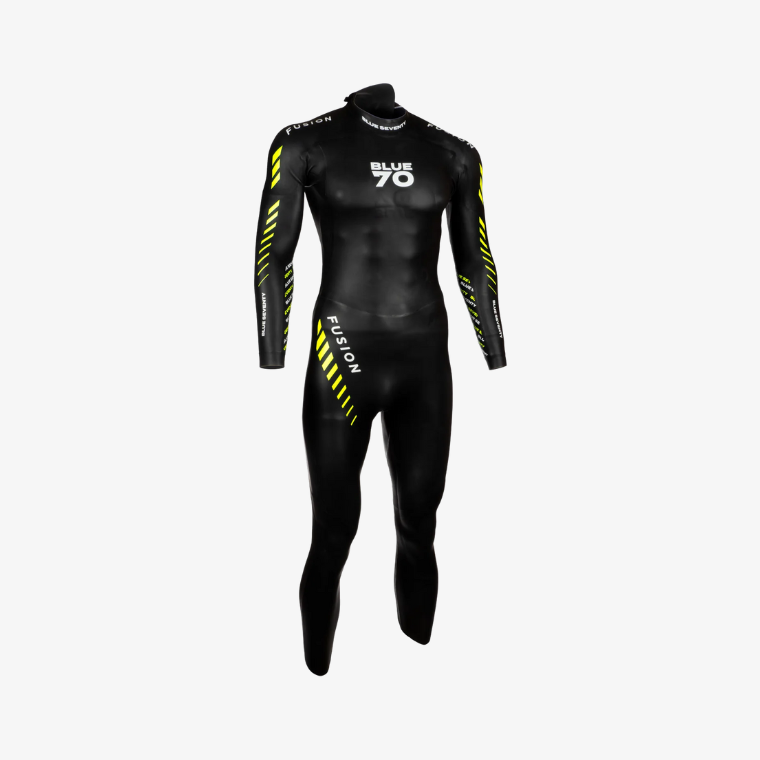

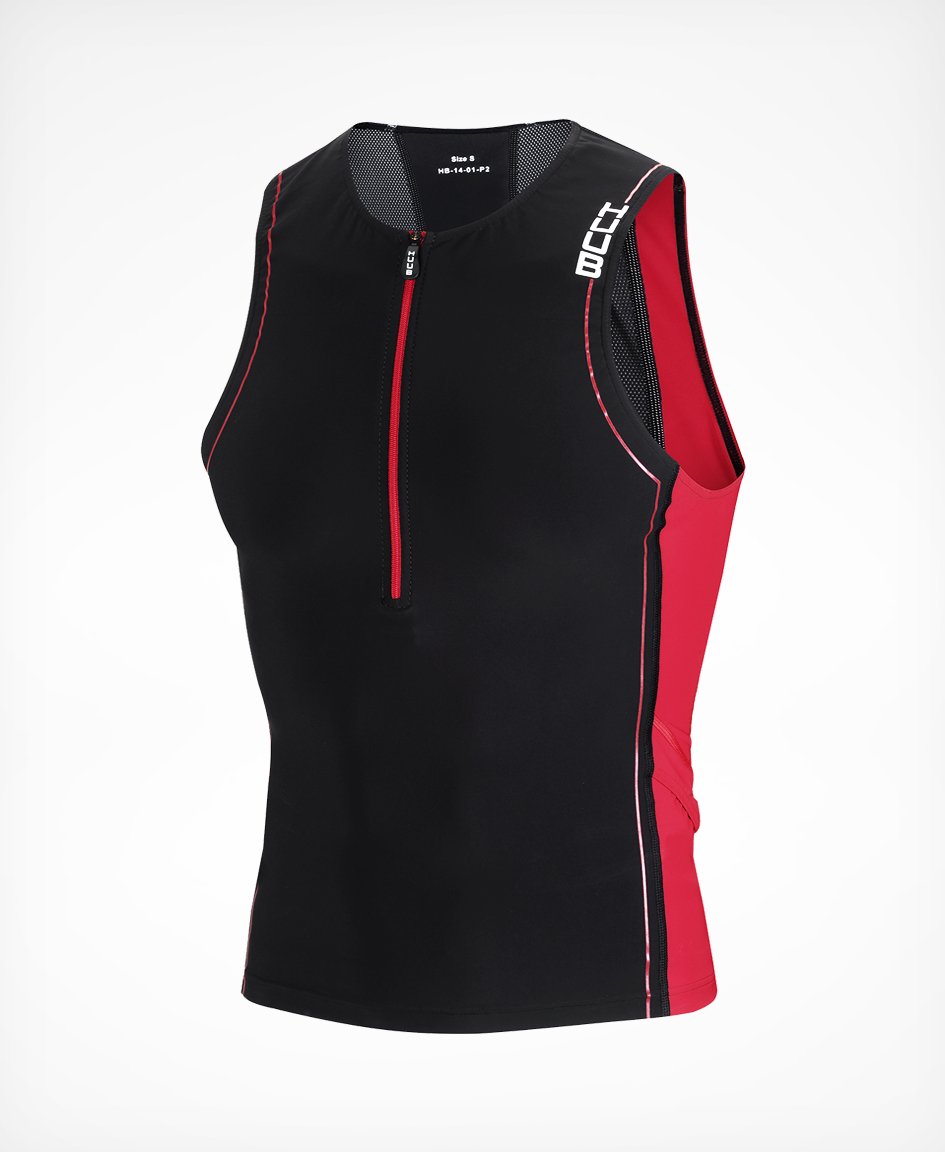
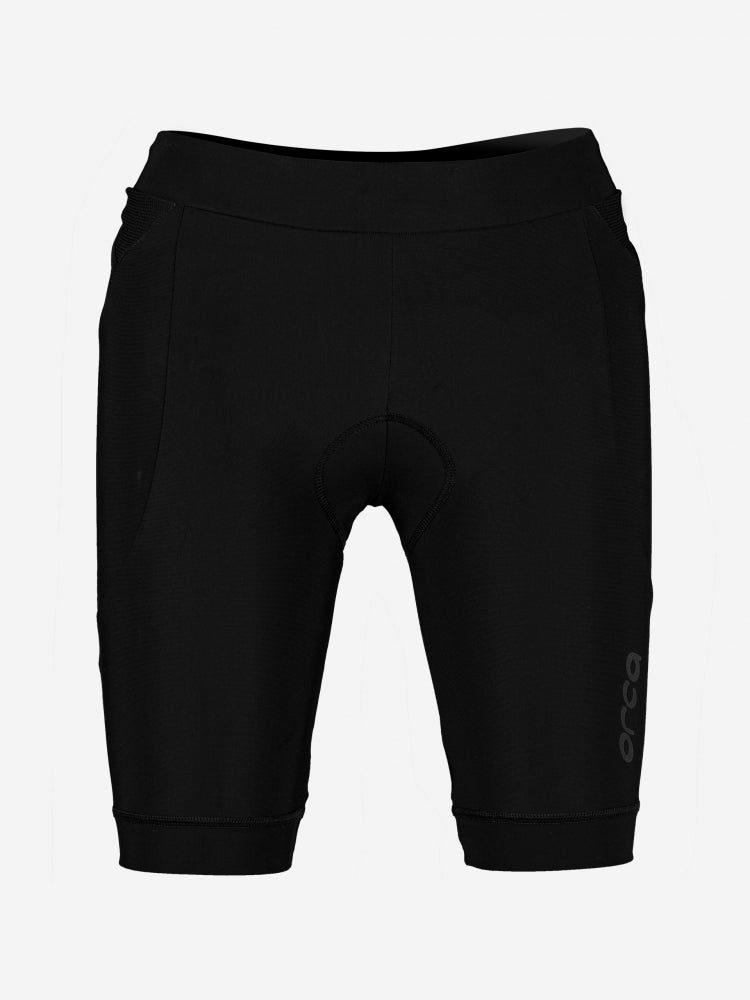
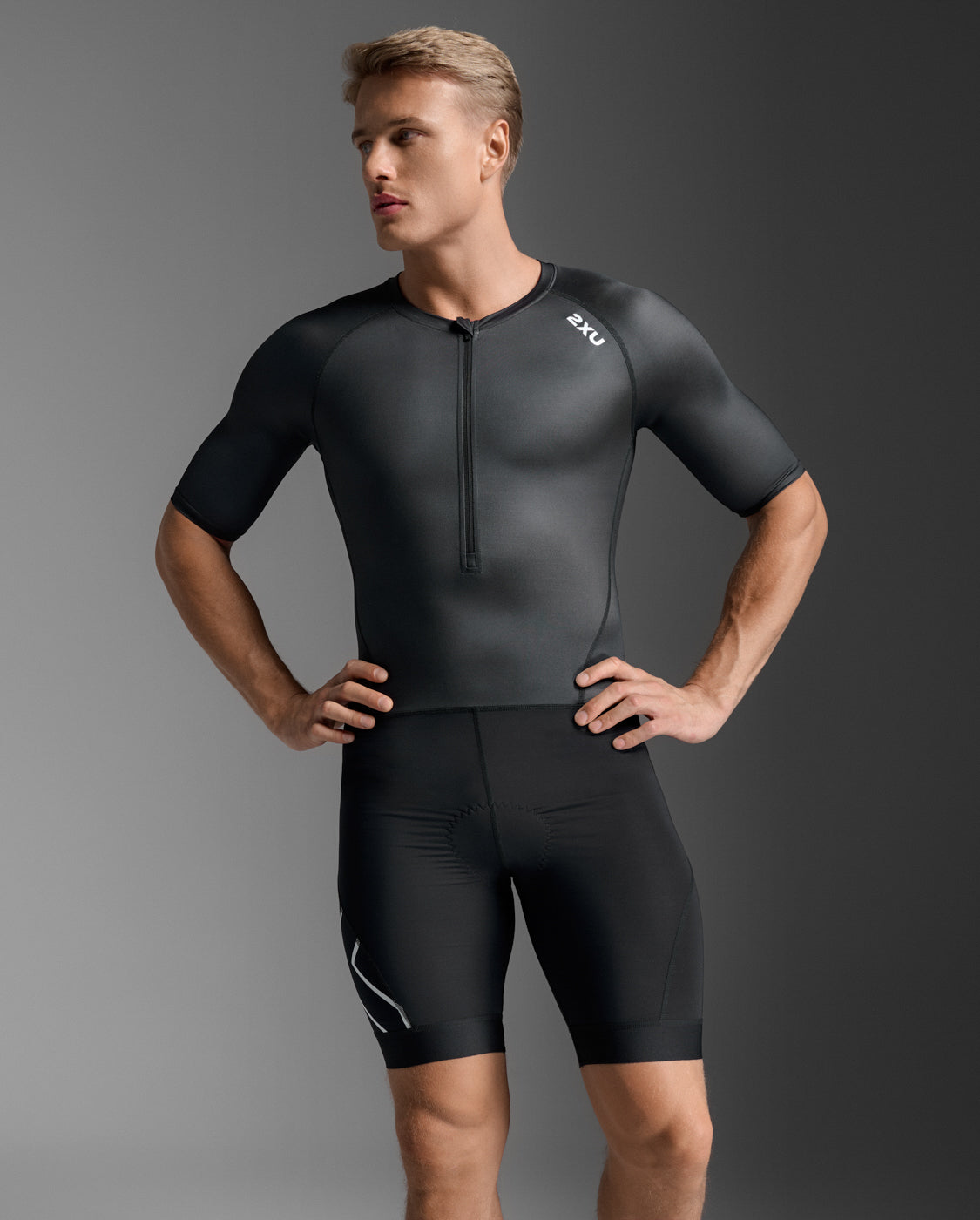
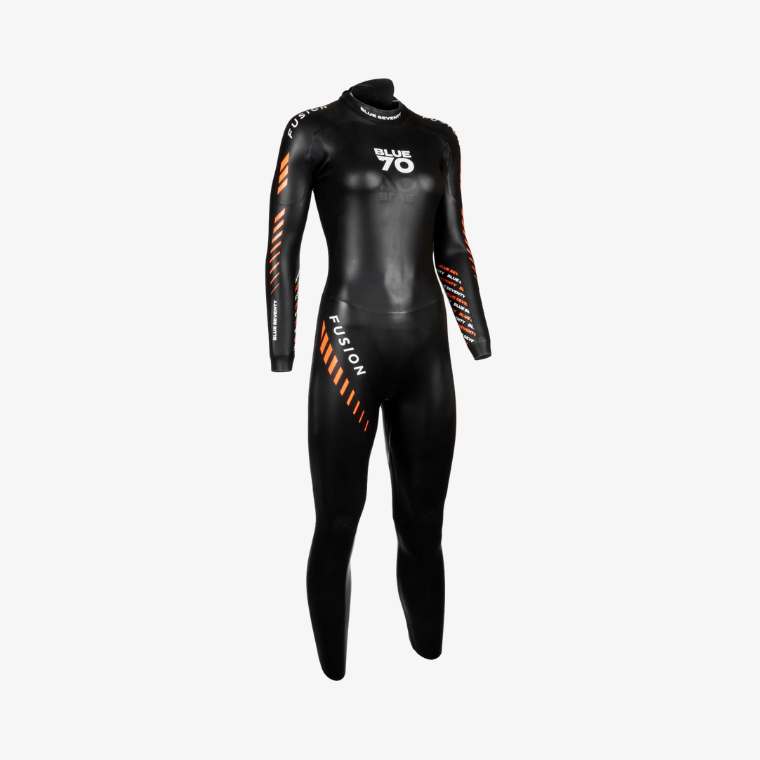

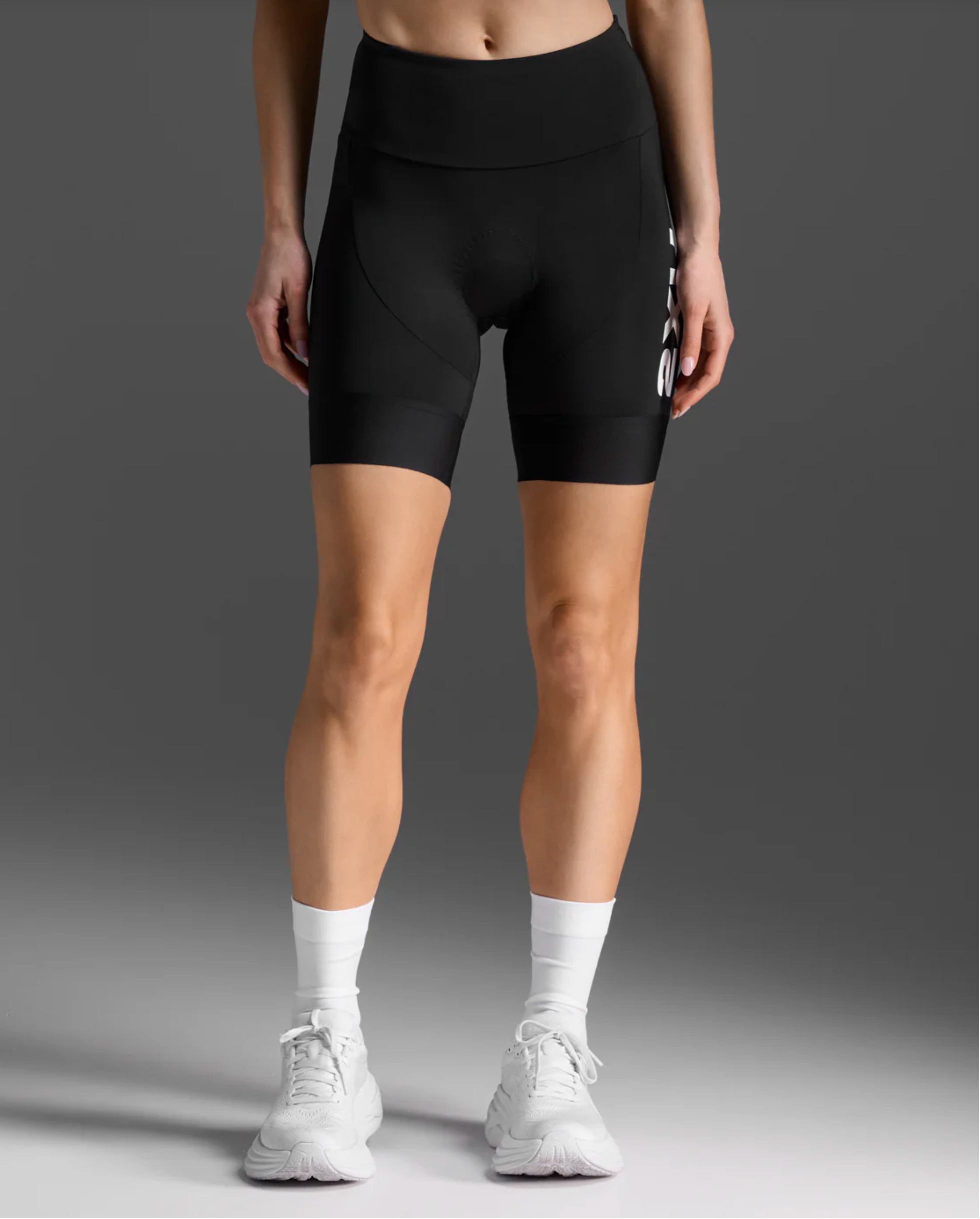

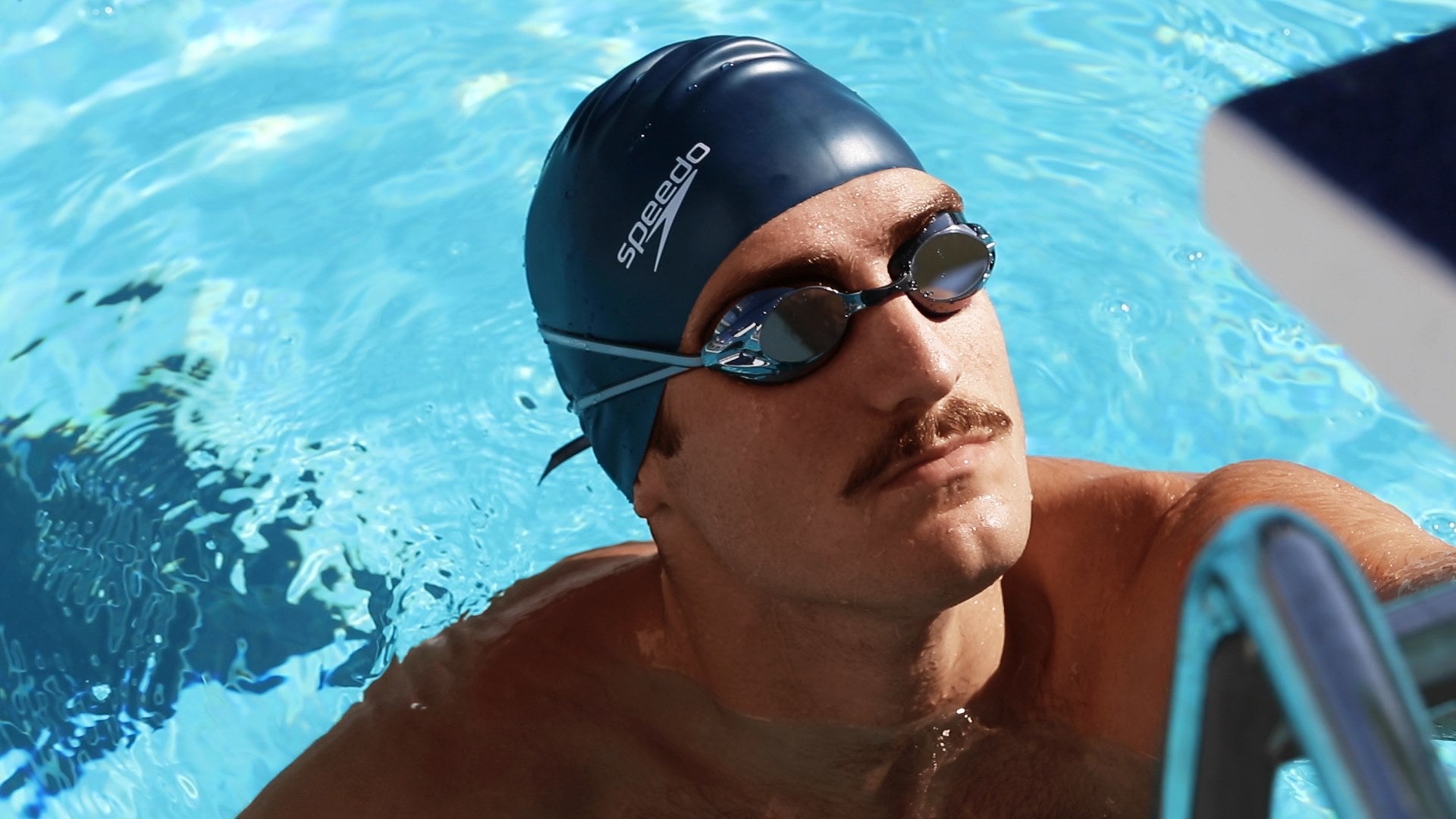
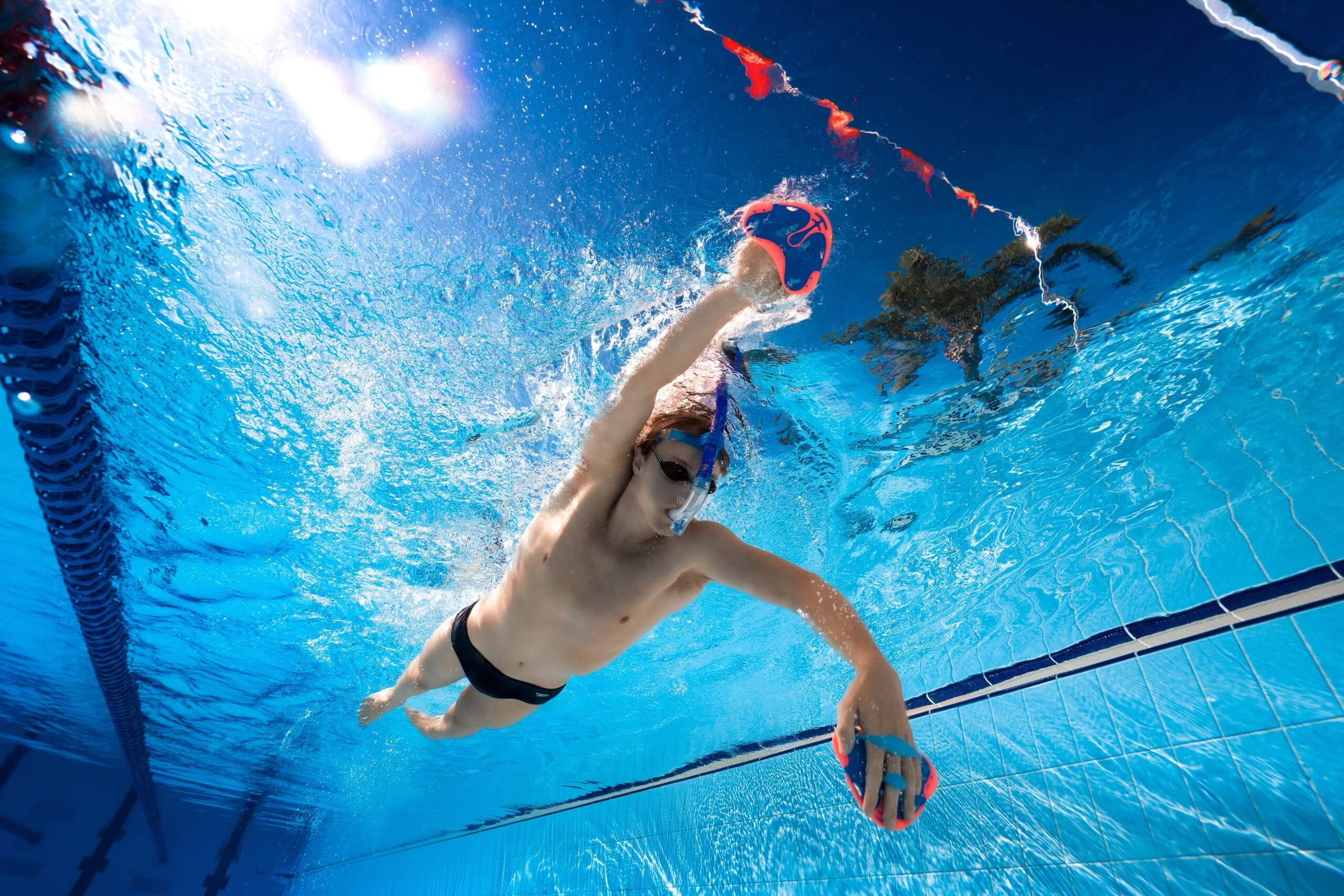
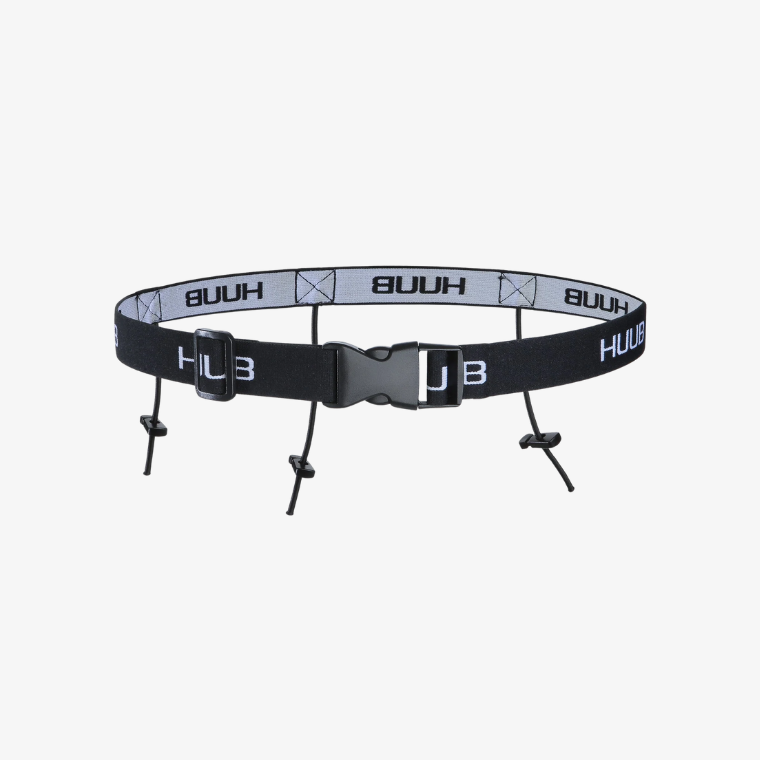



2 comments
Cheers for this, I’ve only been running a few months and am hoping, no will run my first half marathon next month.
I’ve made poor decisions with footwear and will definitely be coming into store to get this right. Thanks again.
Hi Oska,
Great article – thank you!
I’ve been using Endorphin Pro 3 as my race day shoe, which I love. However, they’re on their last legs. Subsequently, I’ve been looking around for another carbon racing shoe for a wide foot heel striker, but there doesn’t seem to be many options. Do you have any recommendations for a marathon? Are Adidas Adizero Pro 3 too narrow?
With thanks,
John